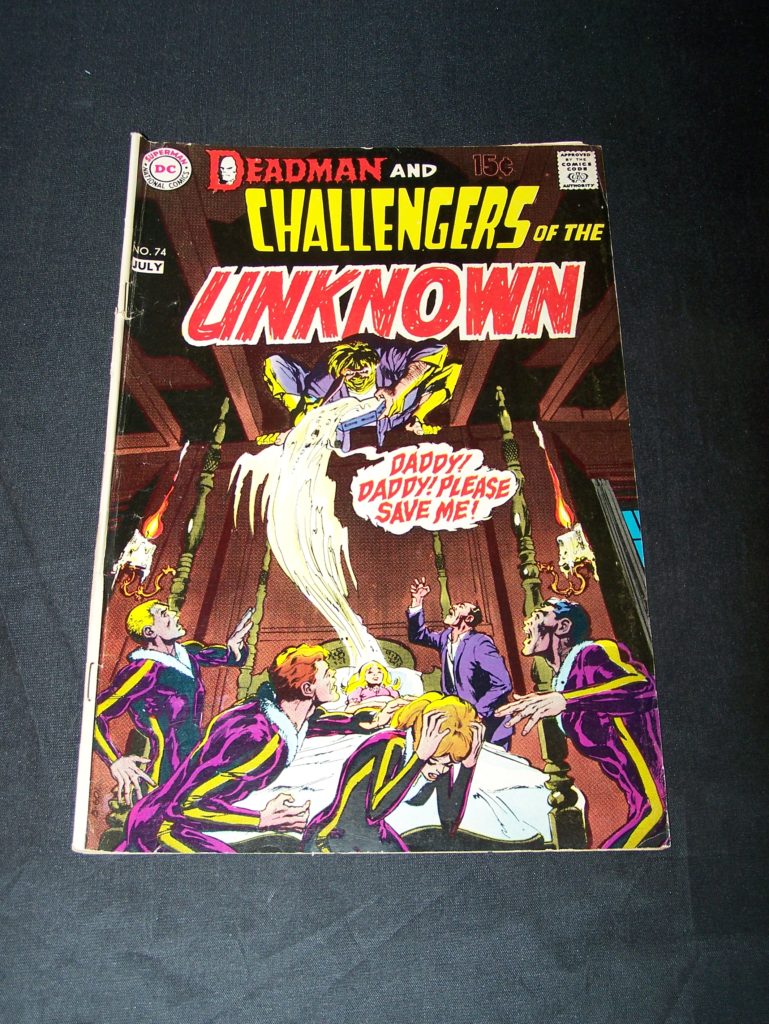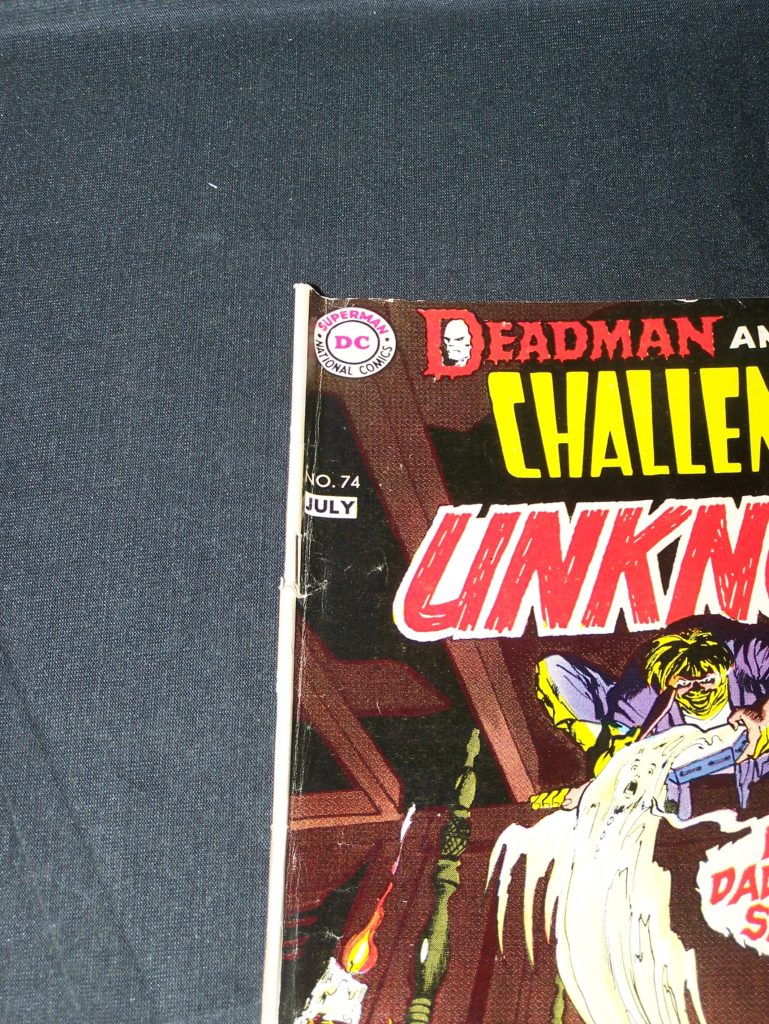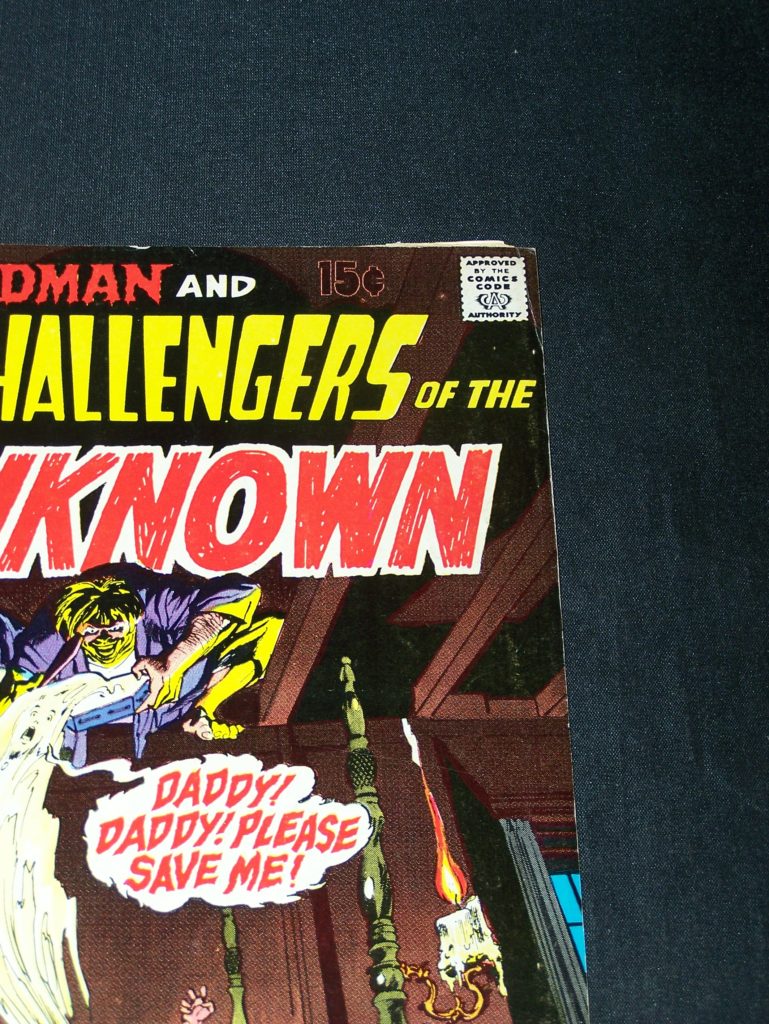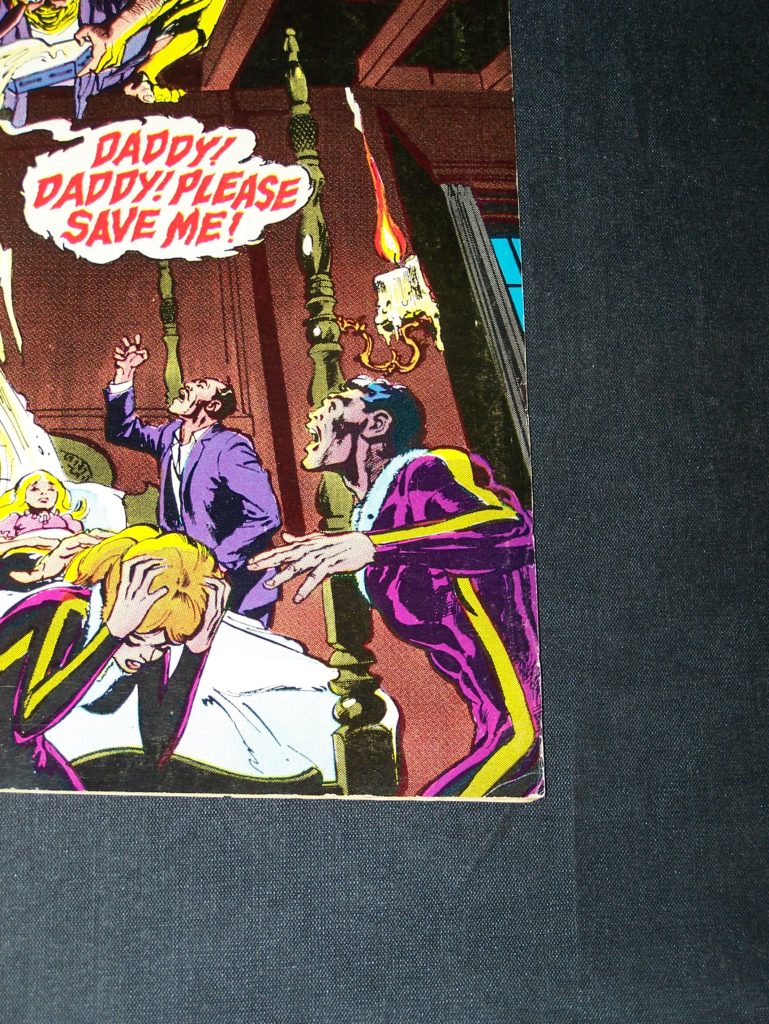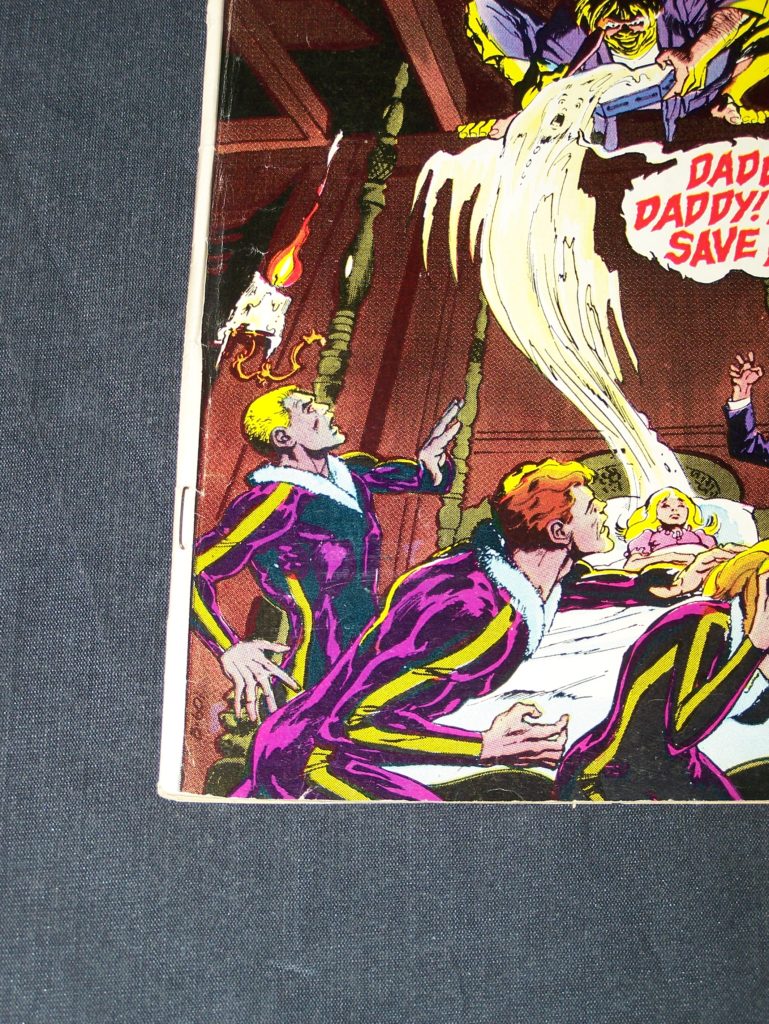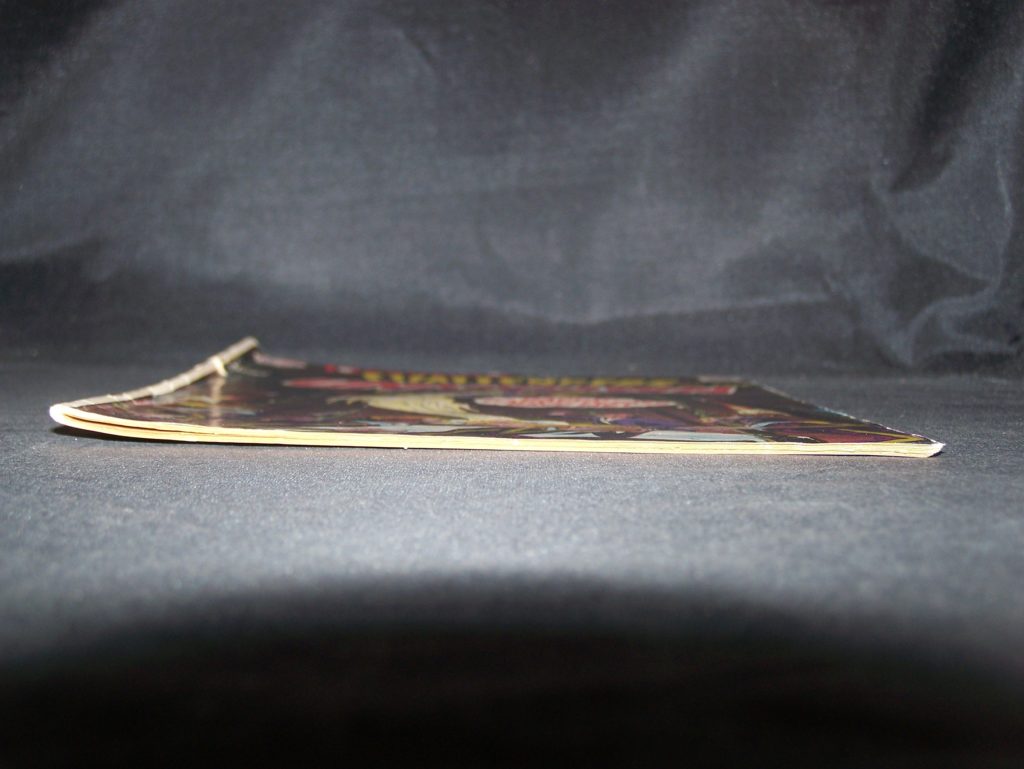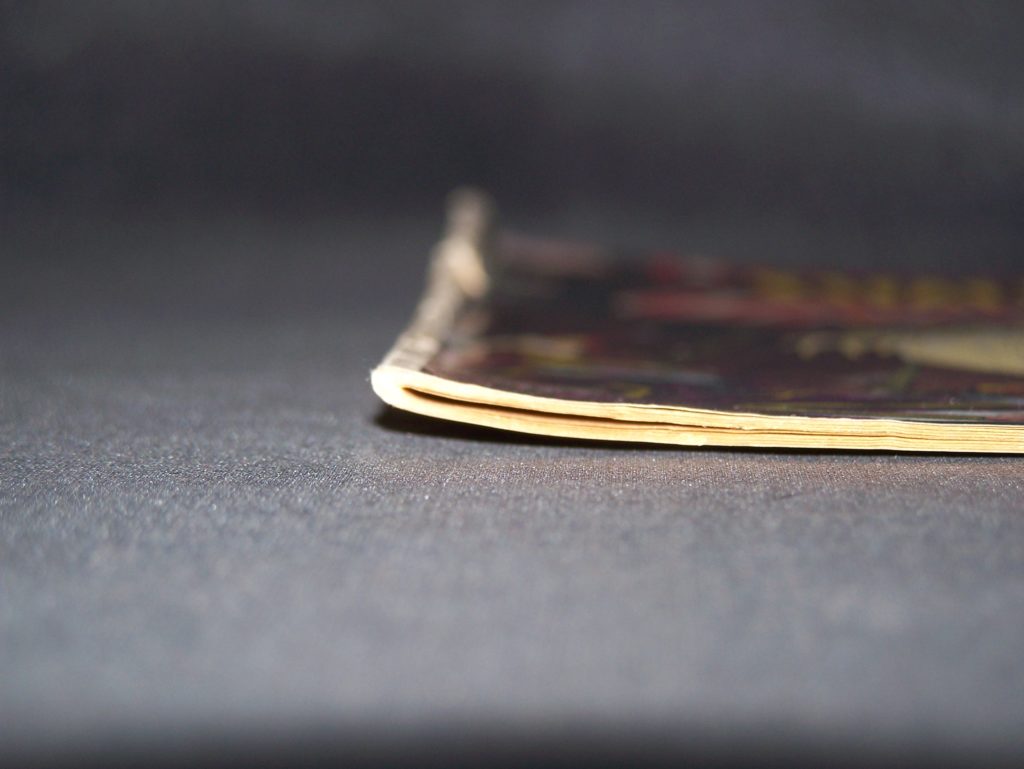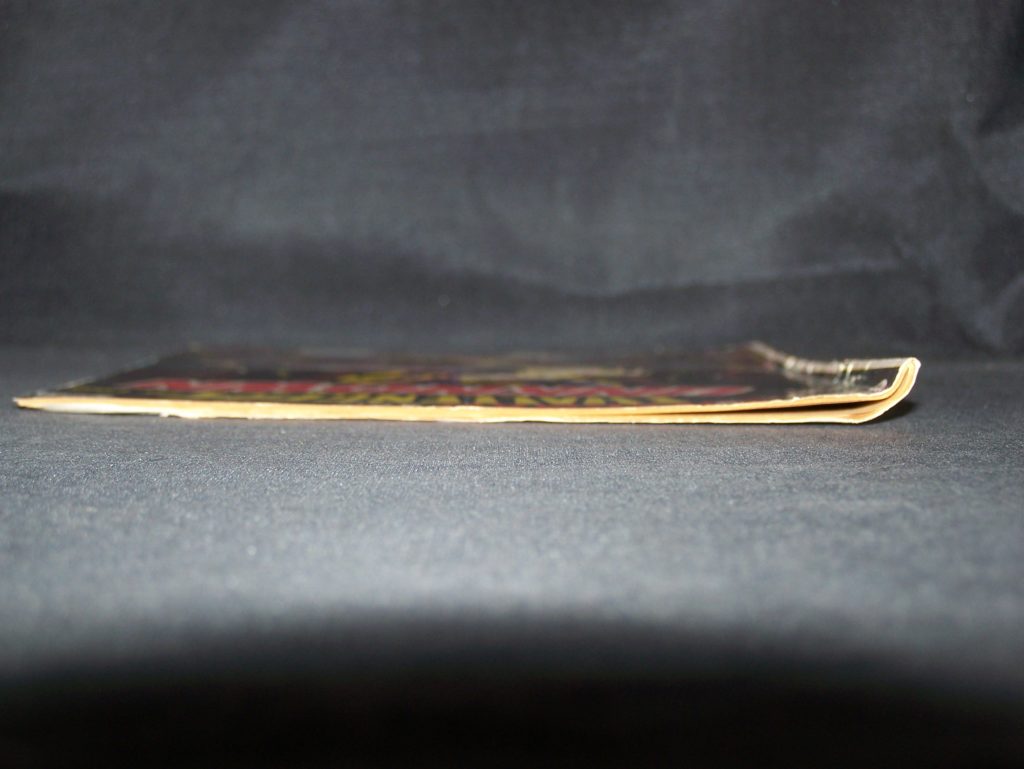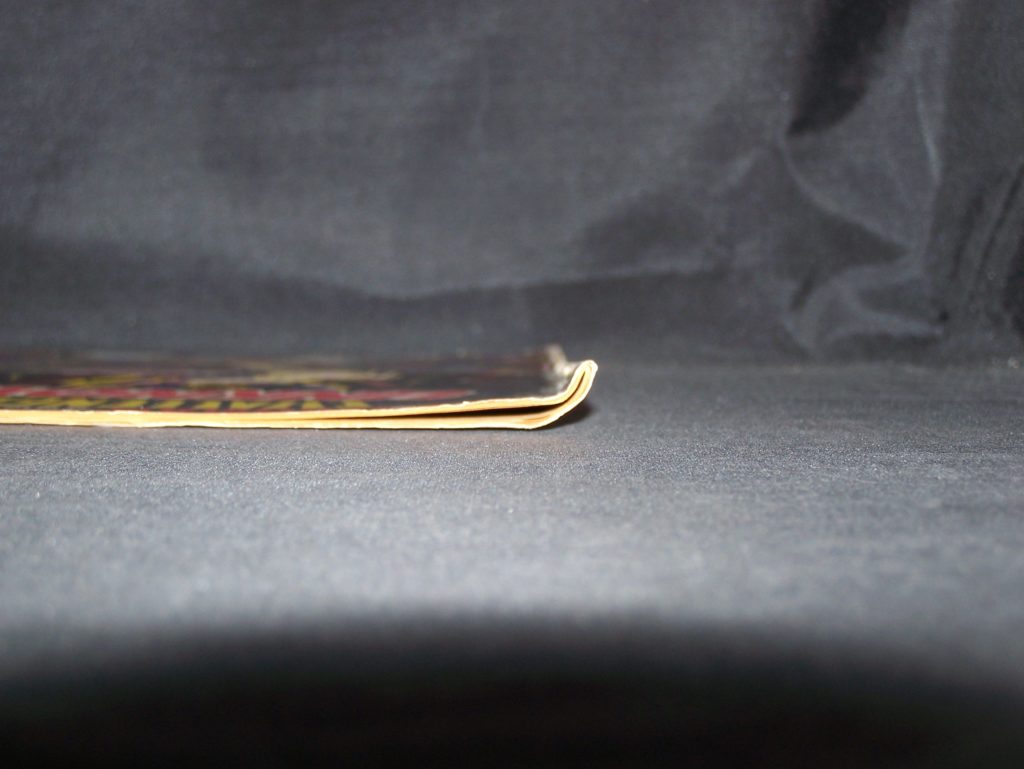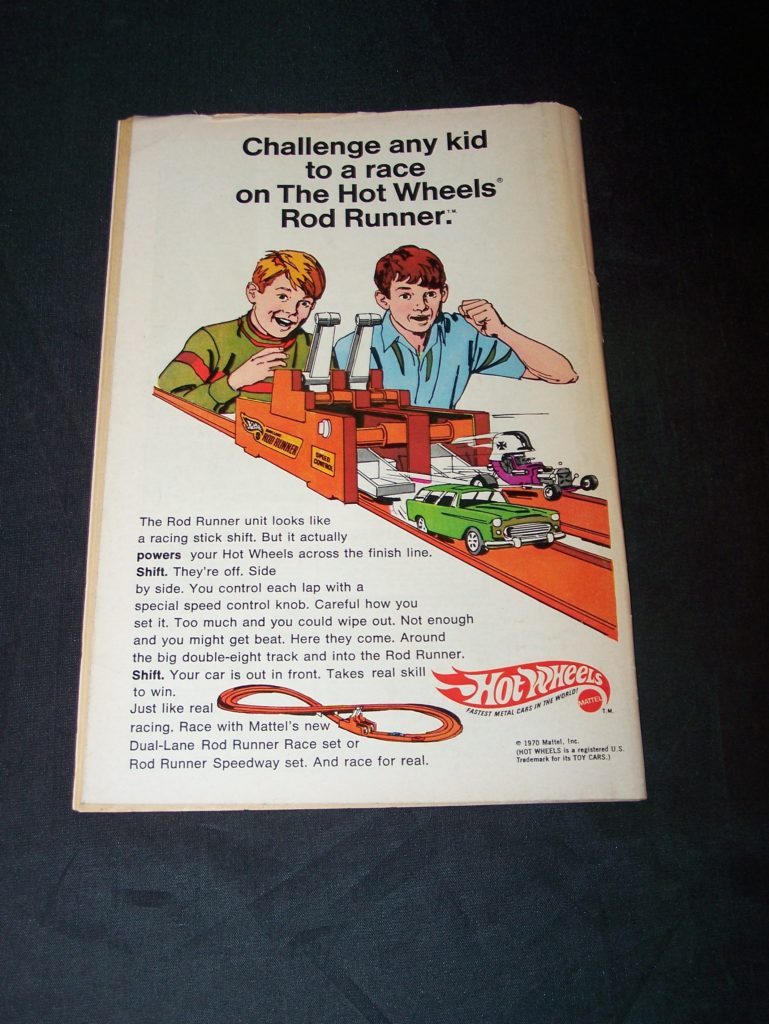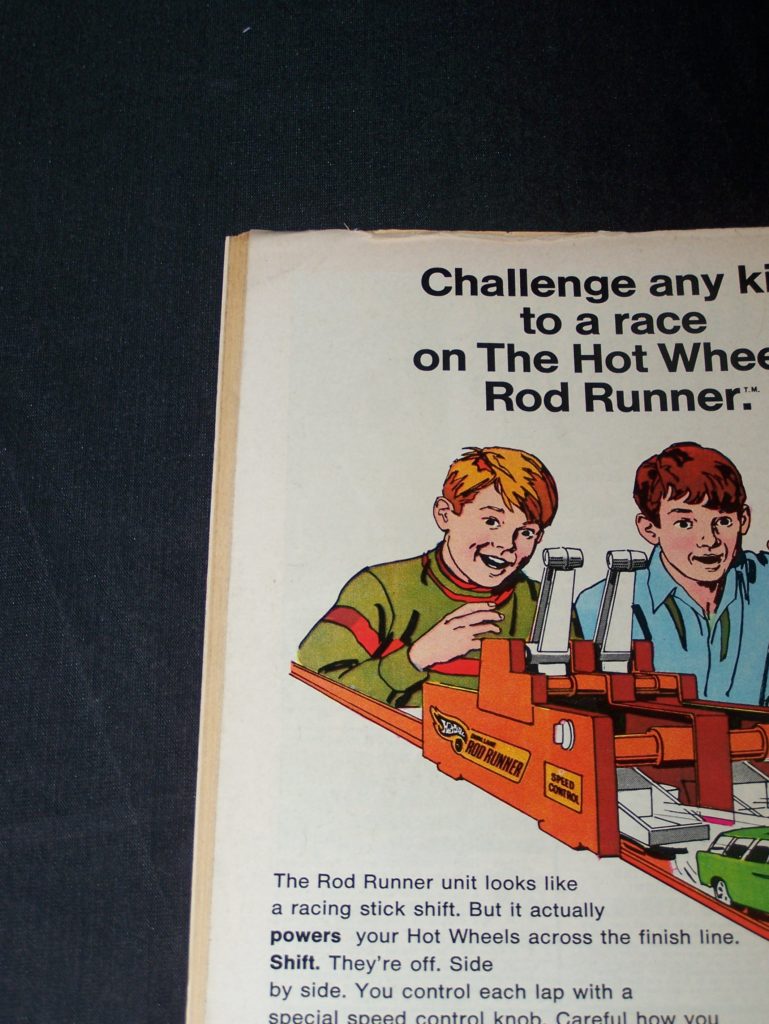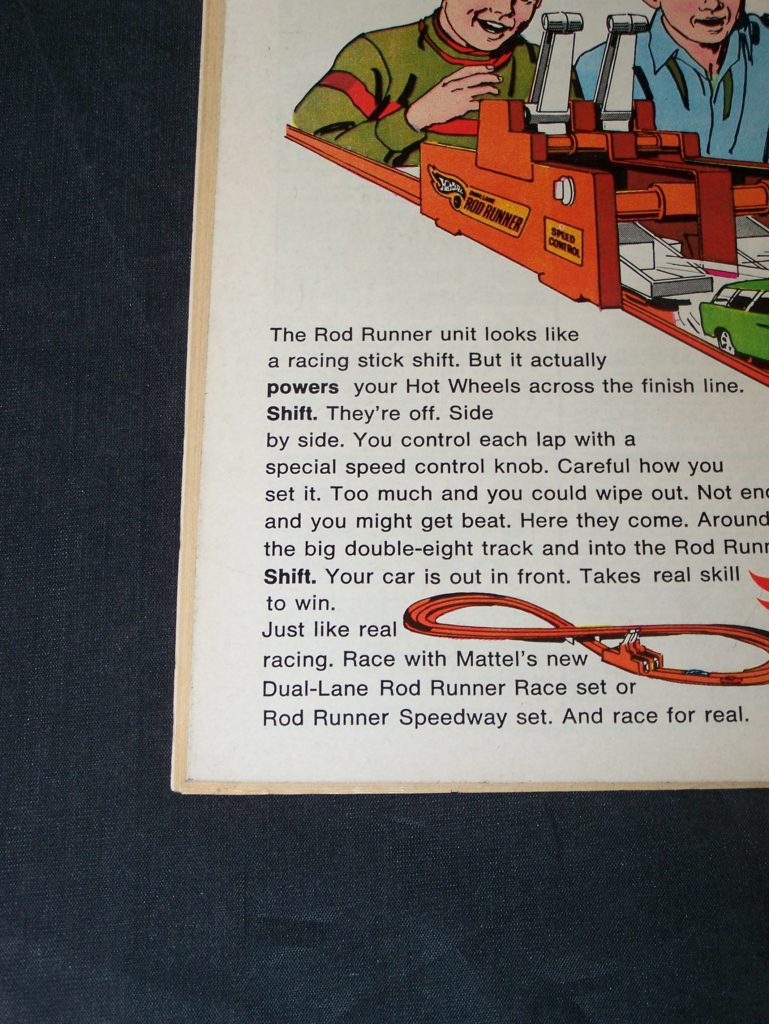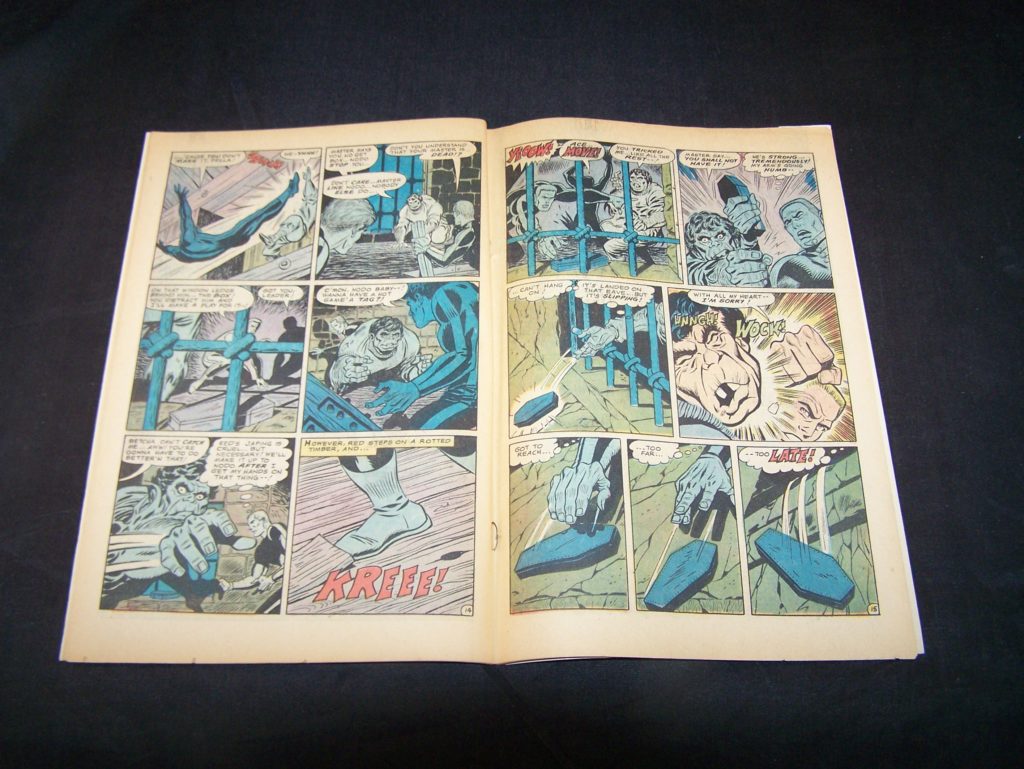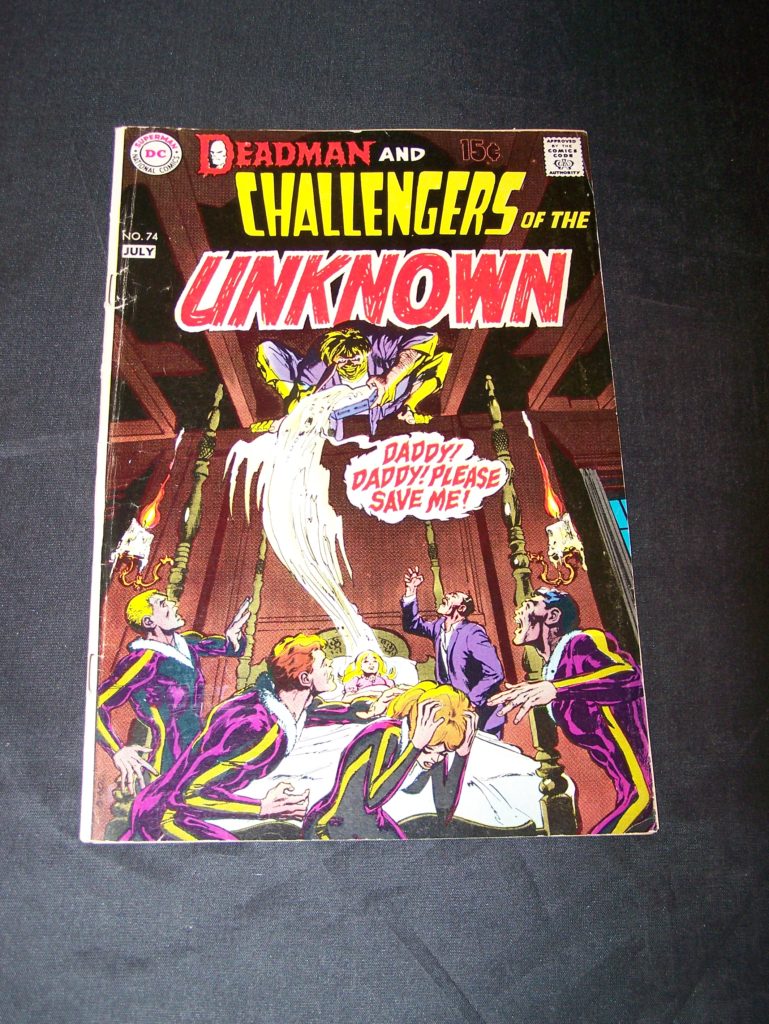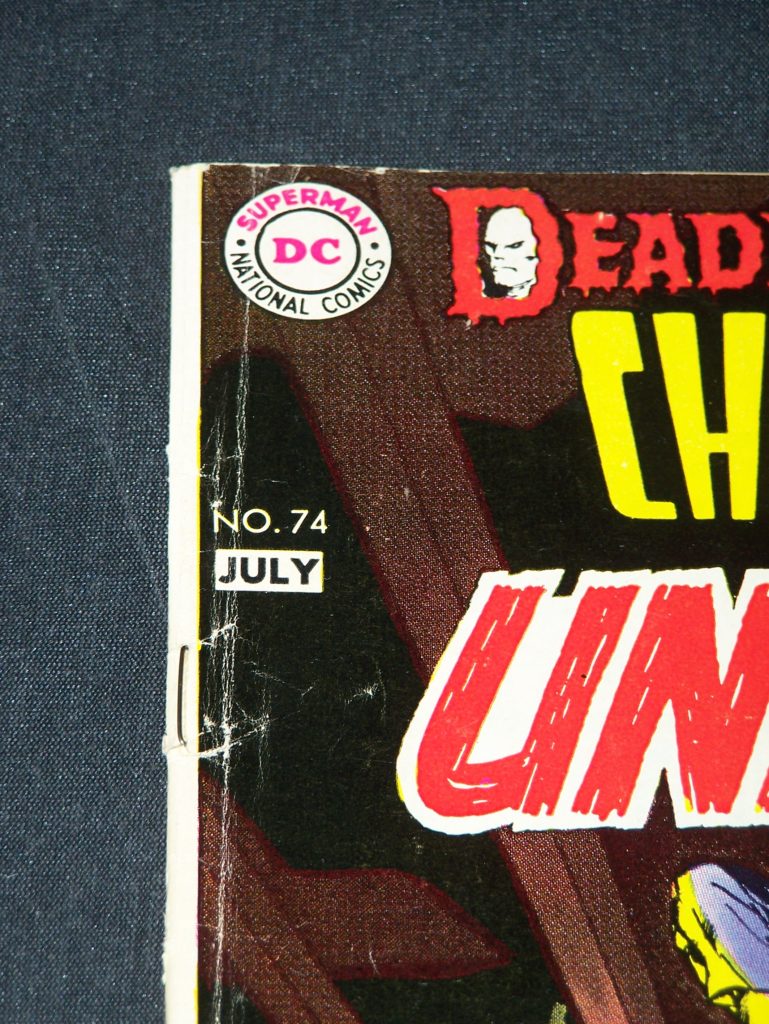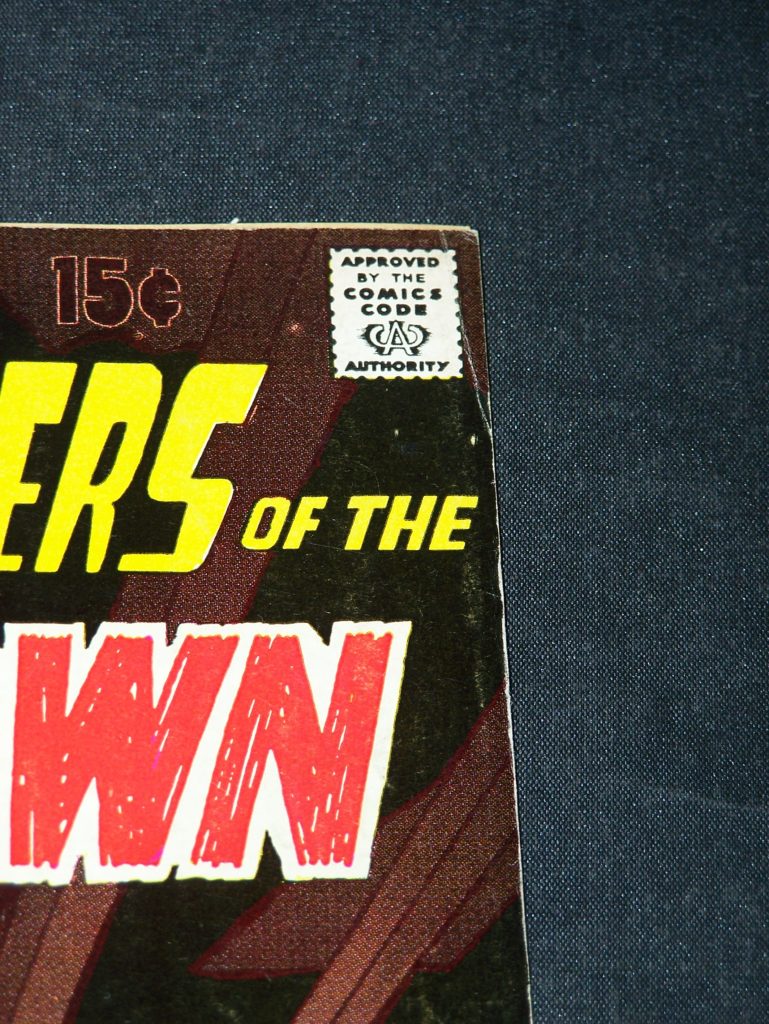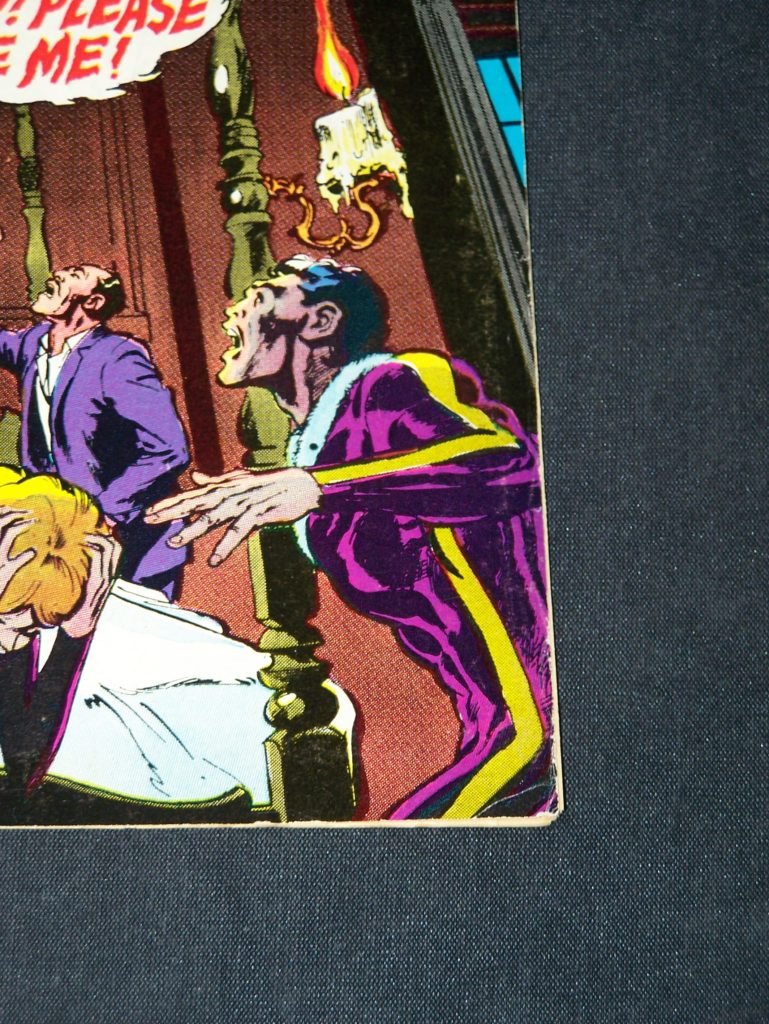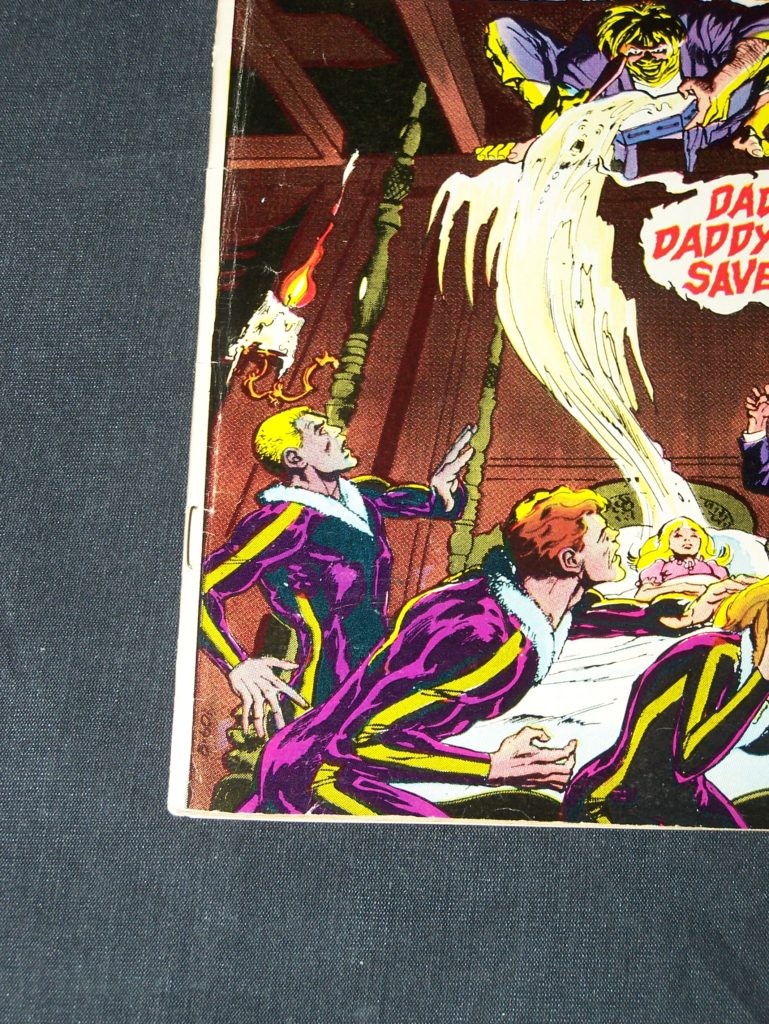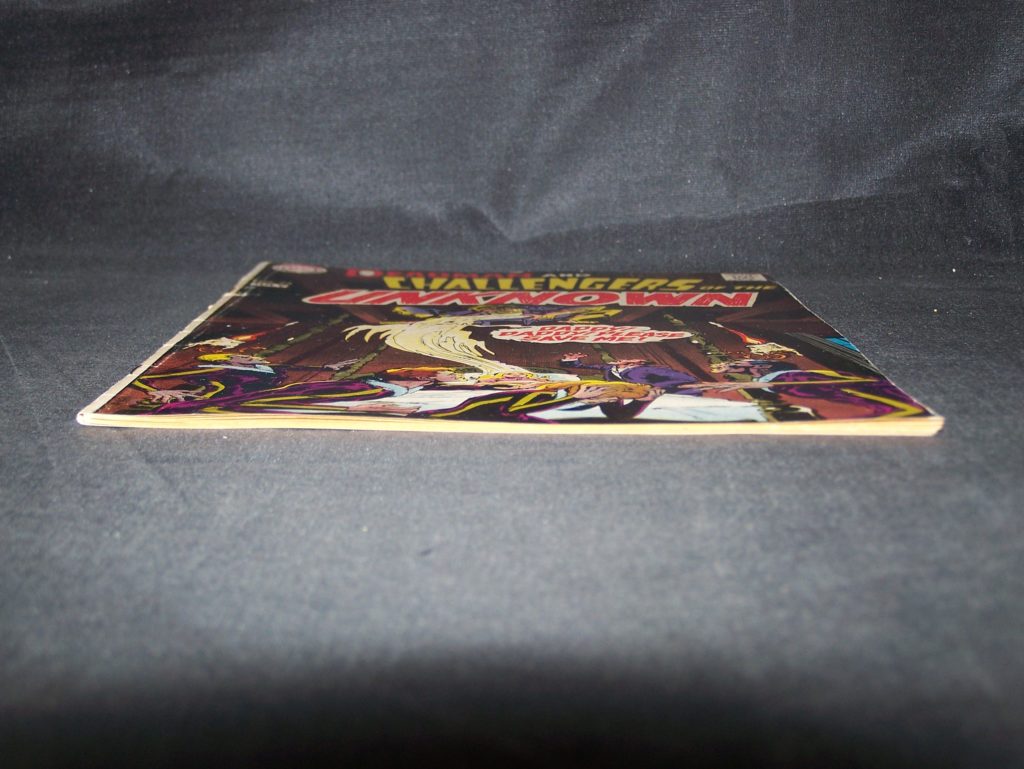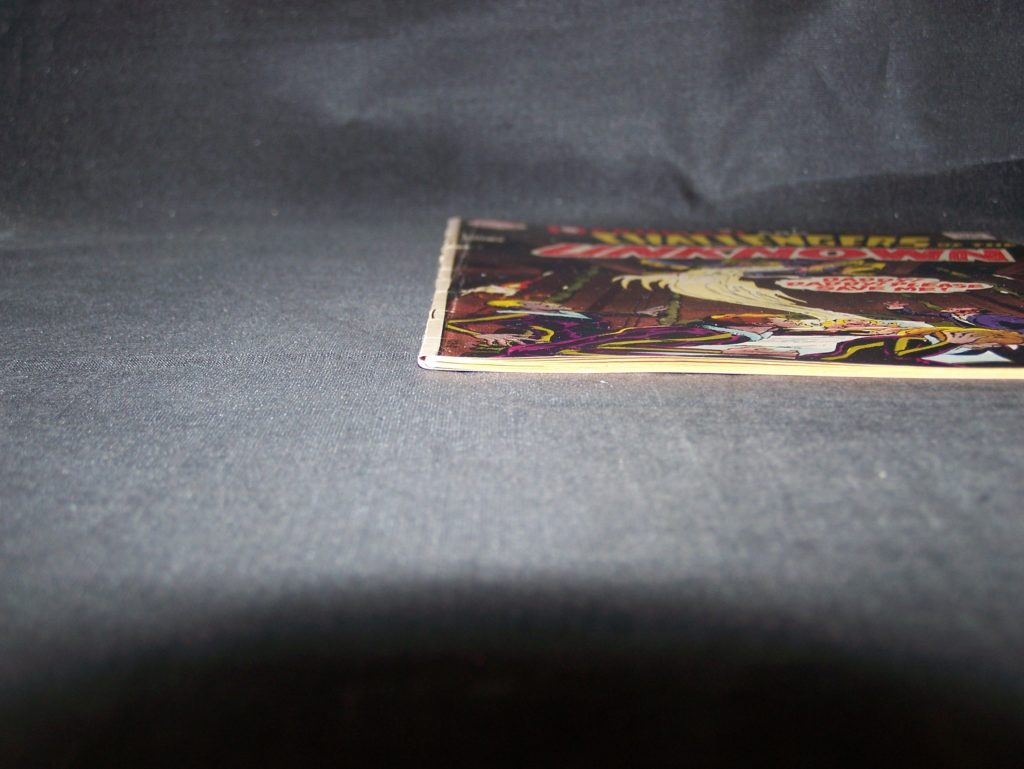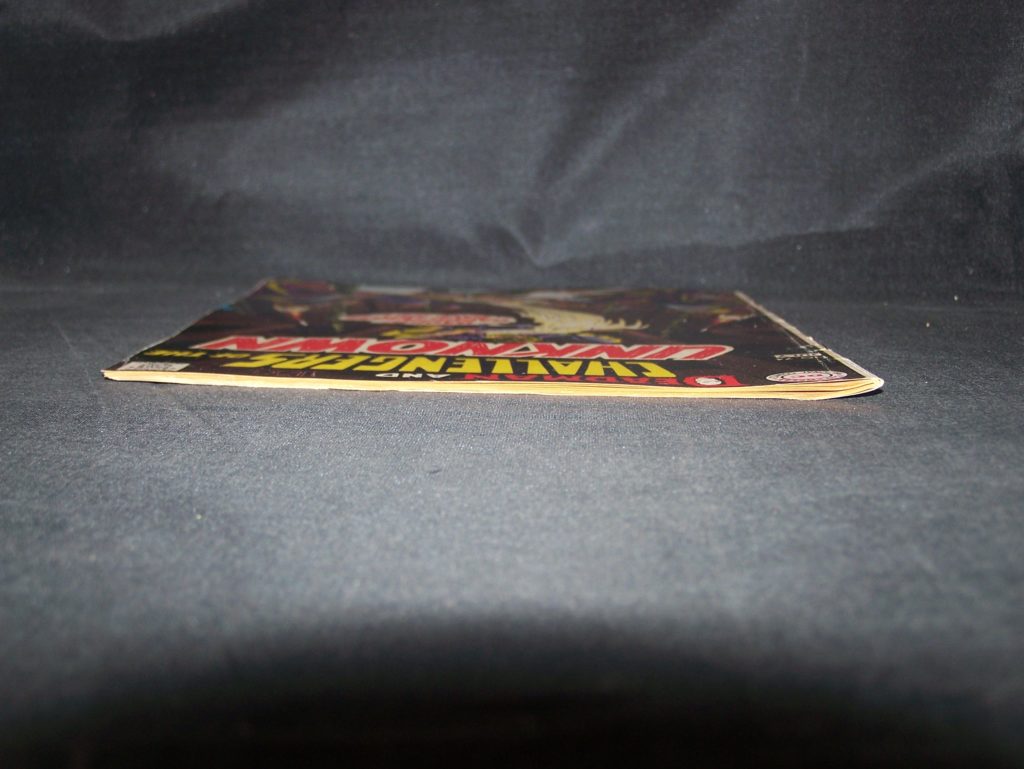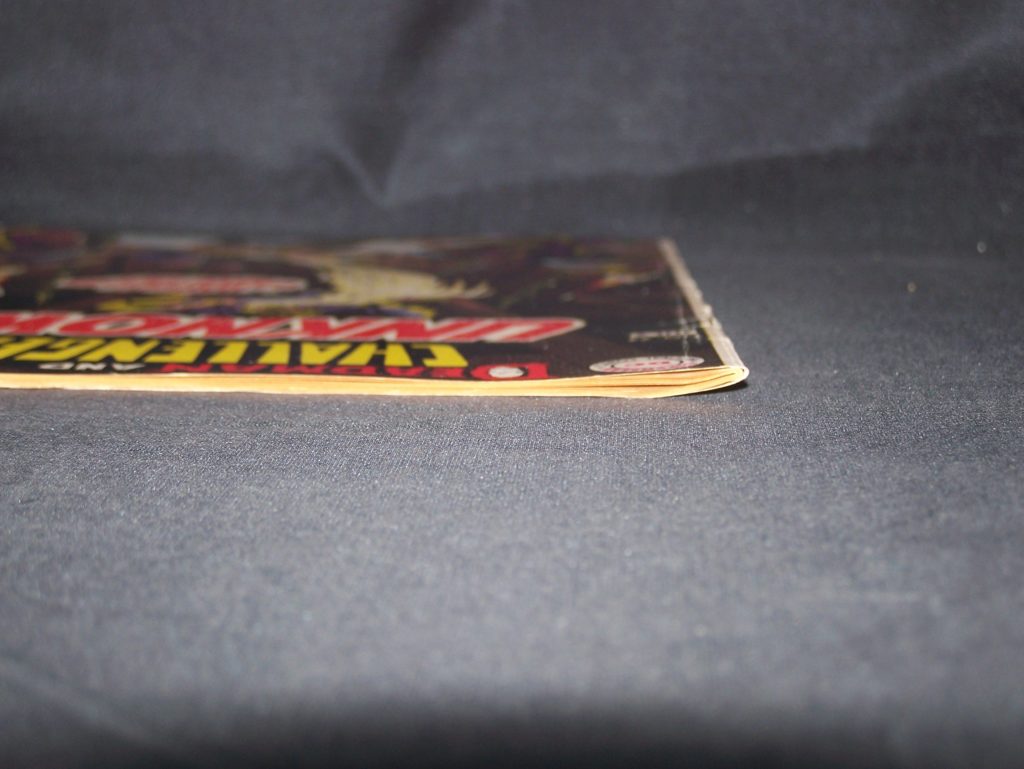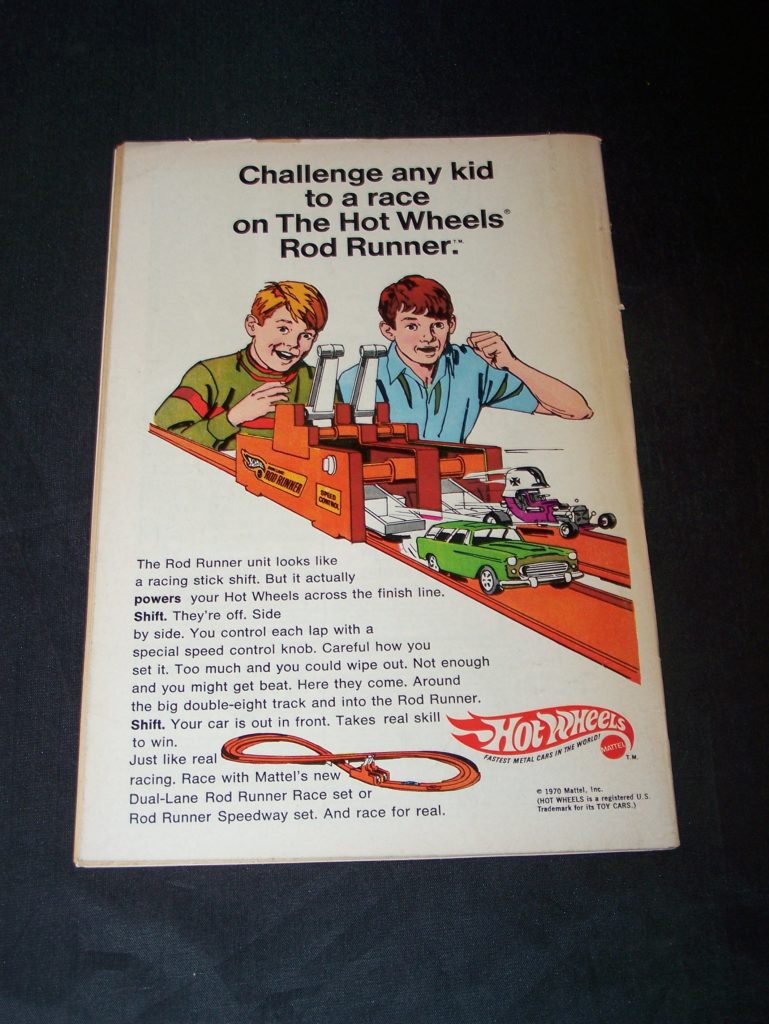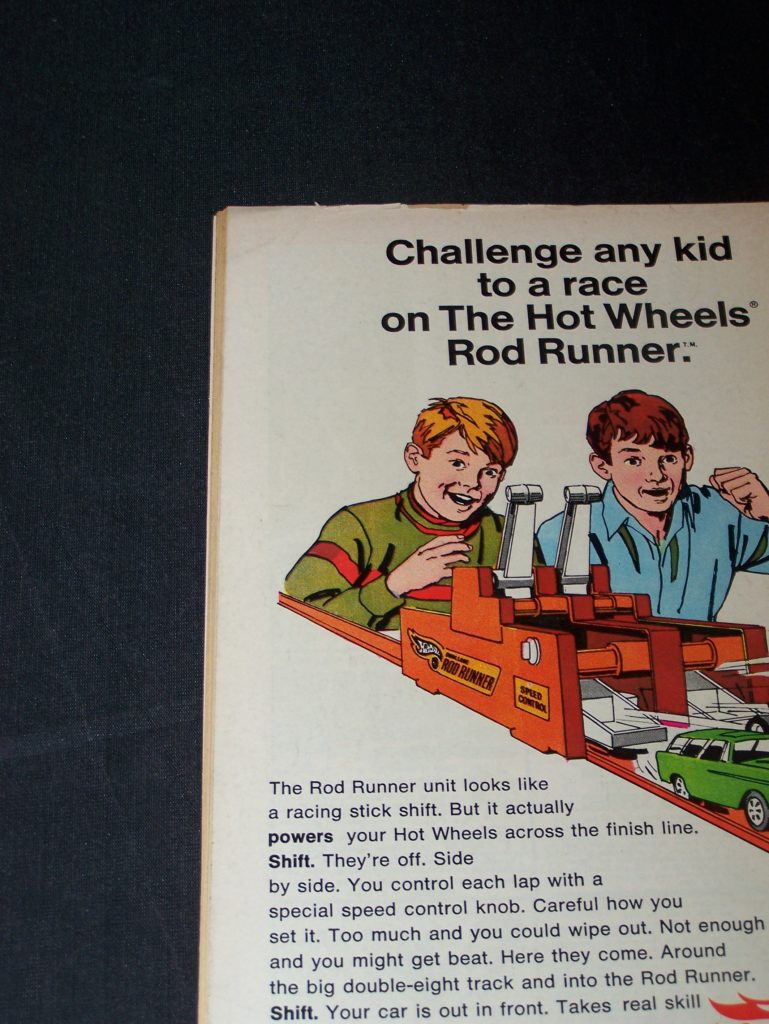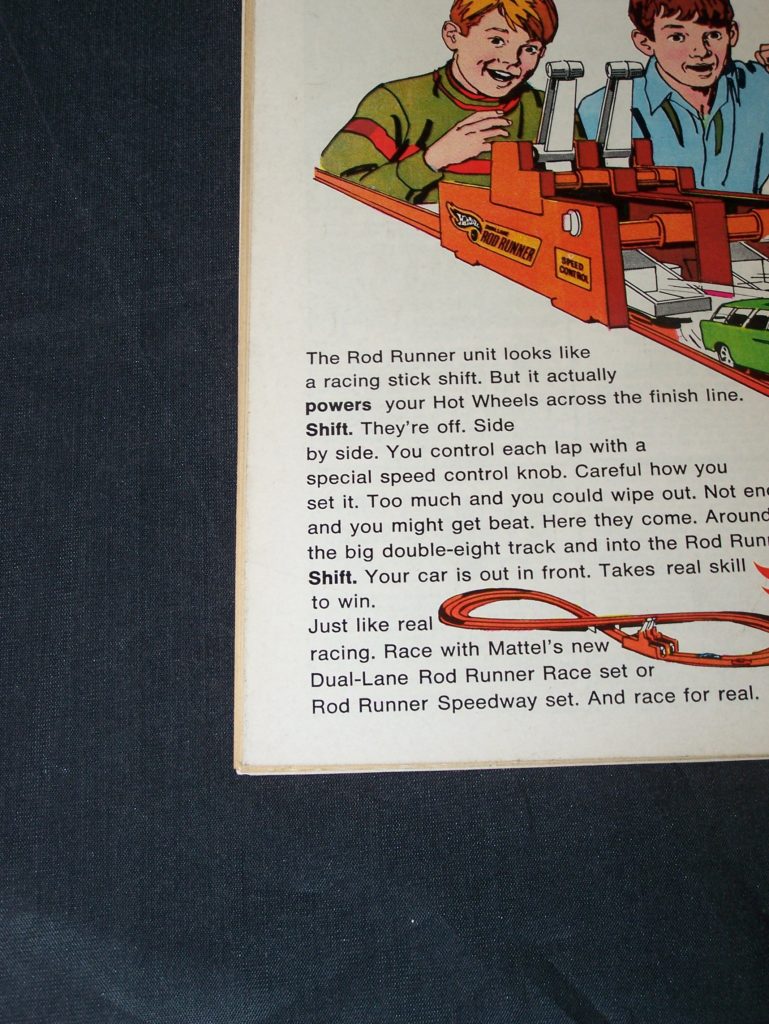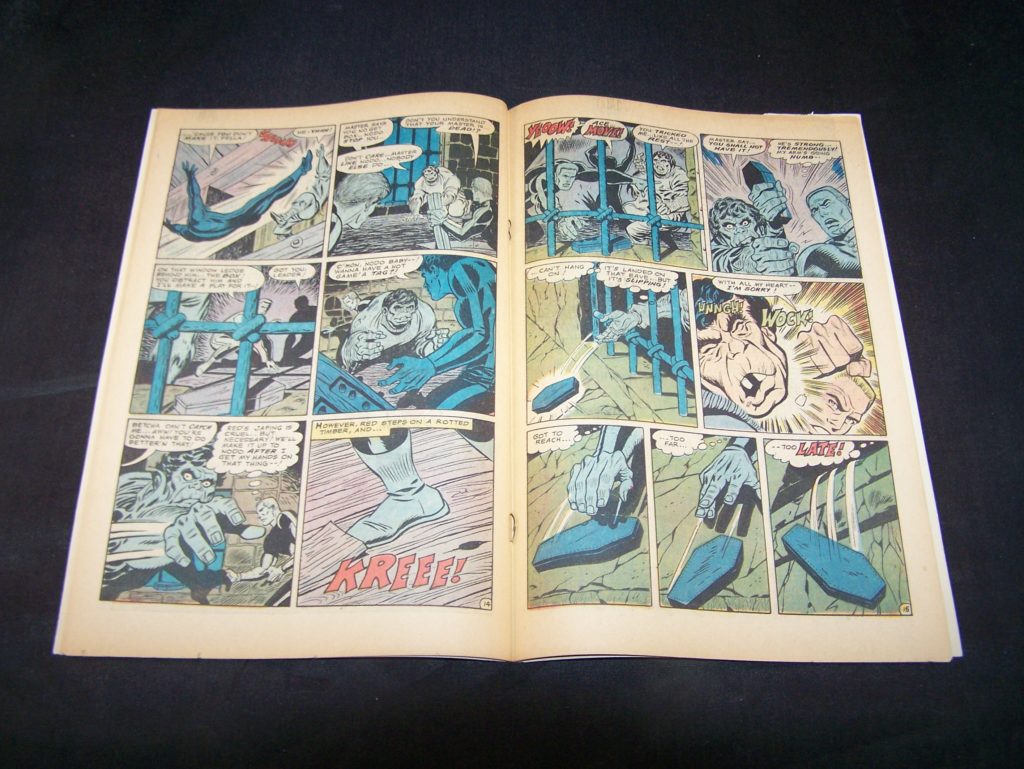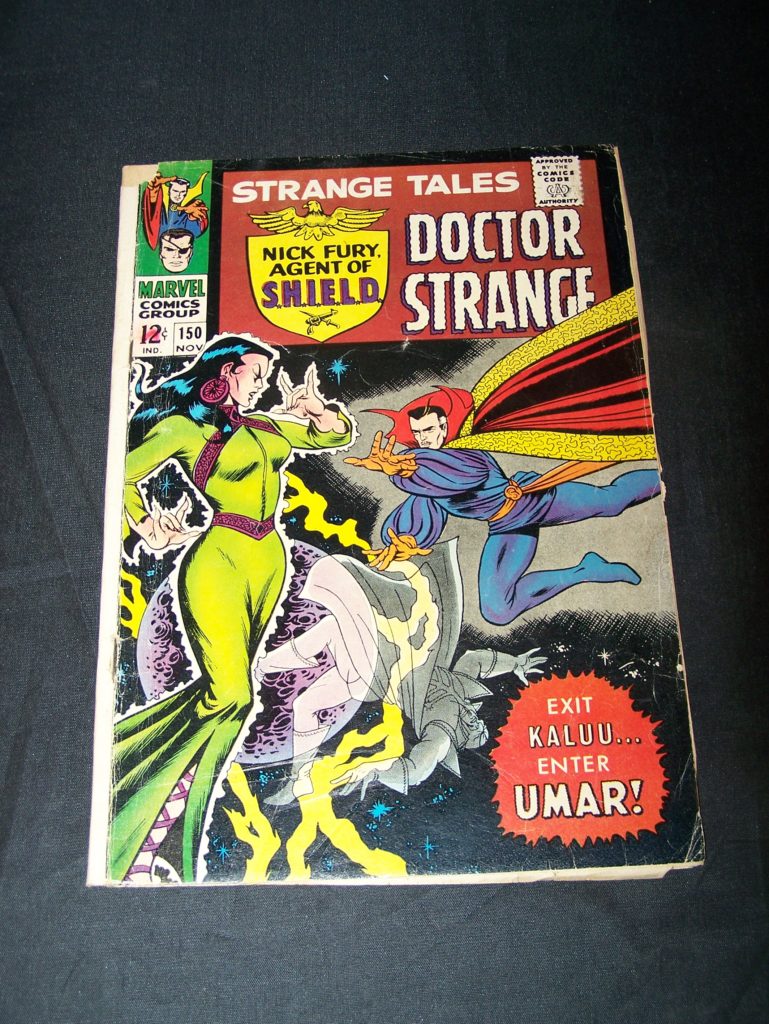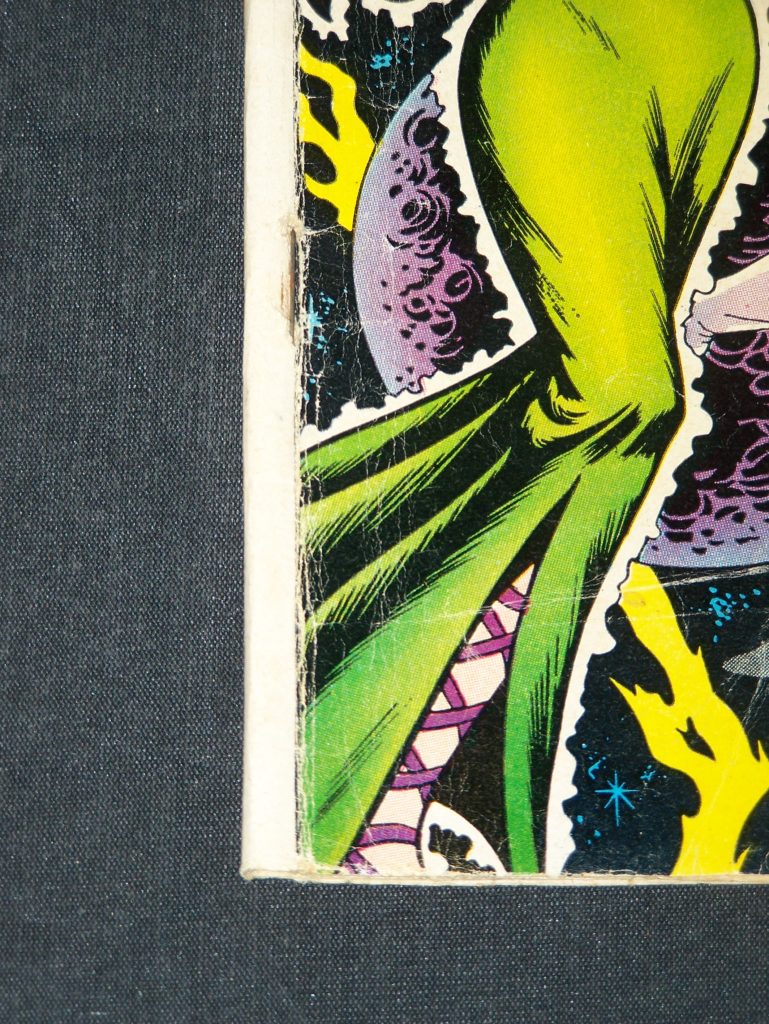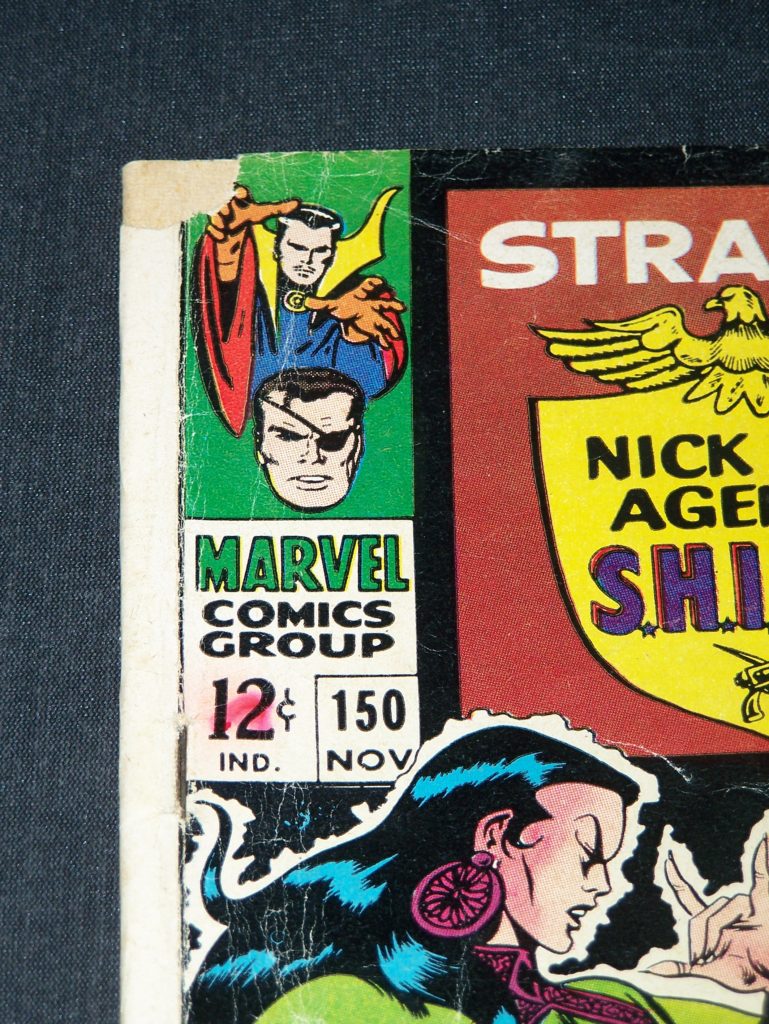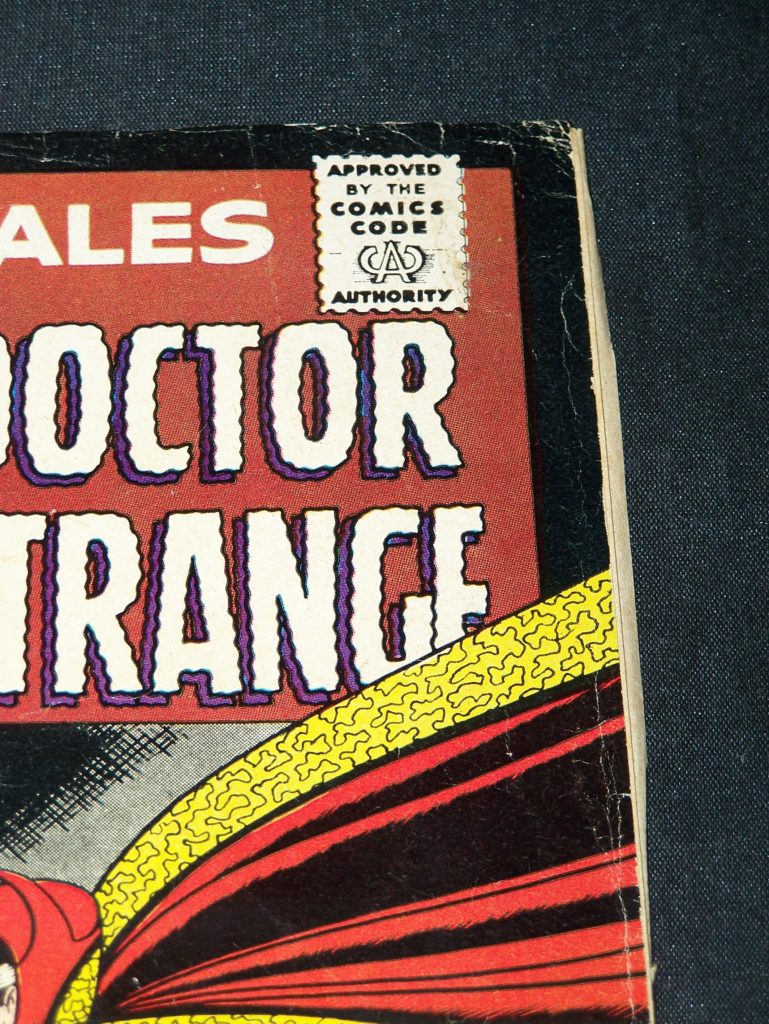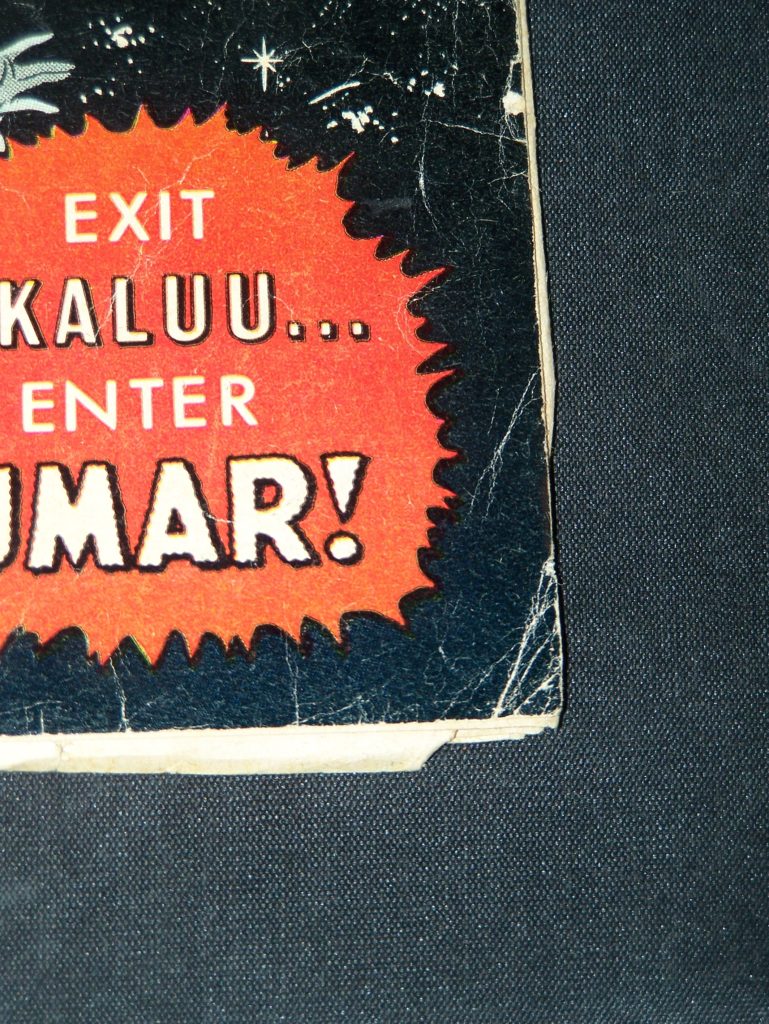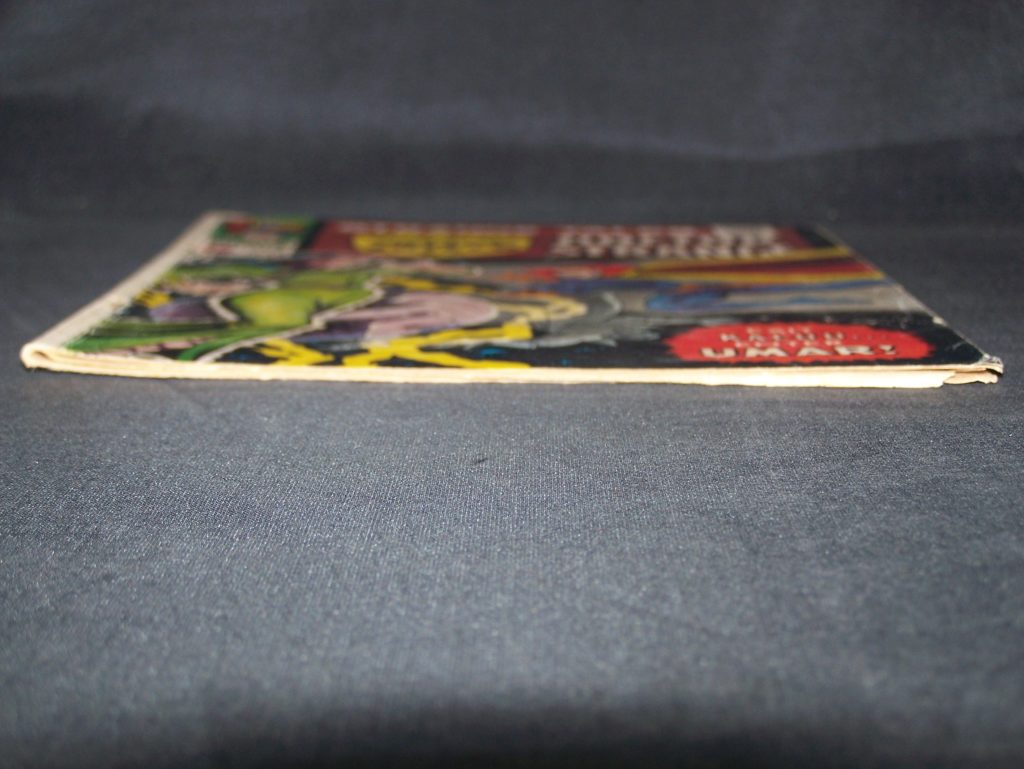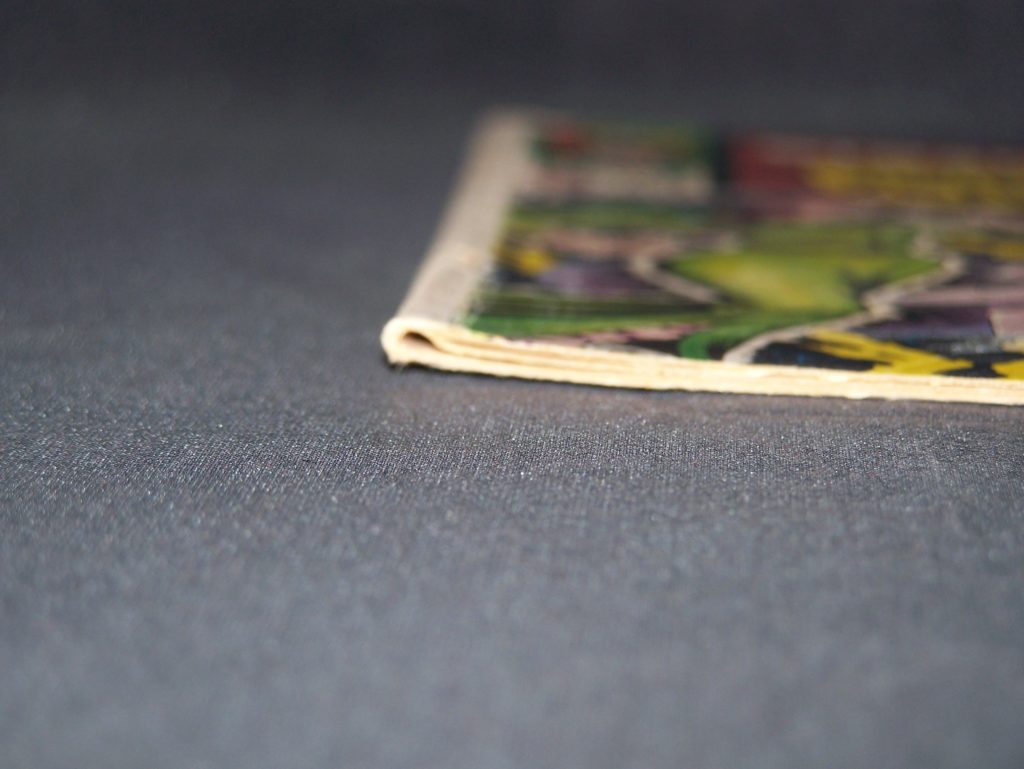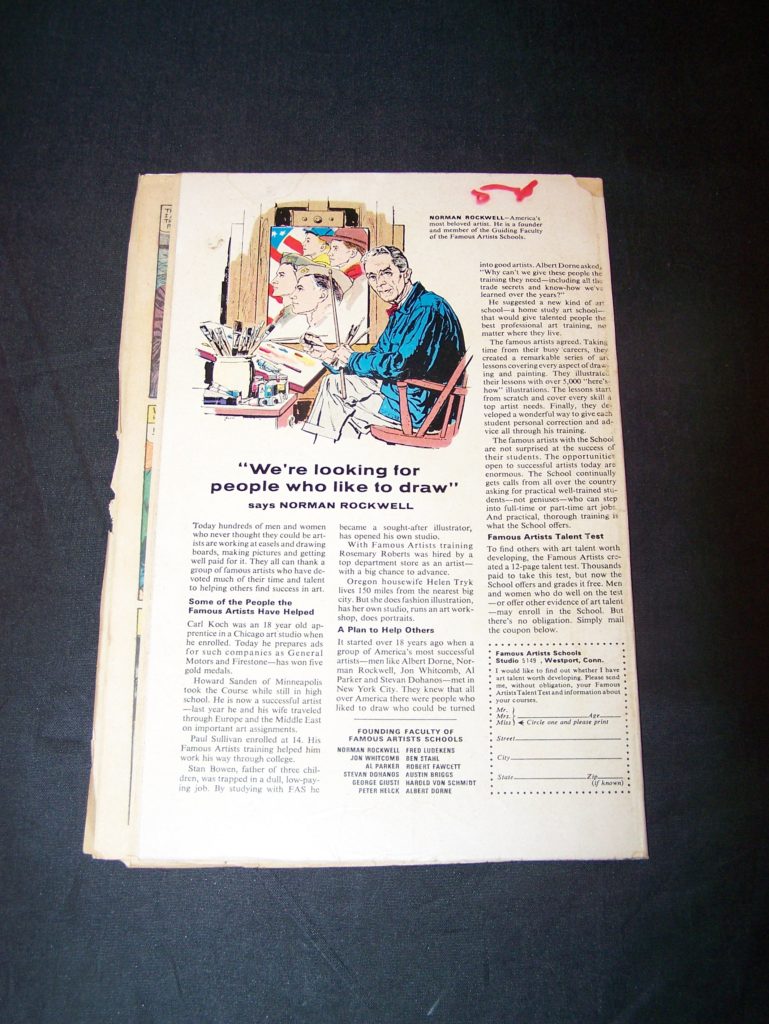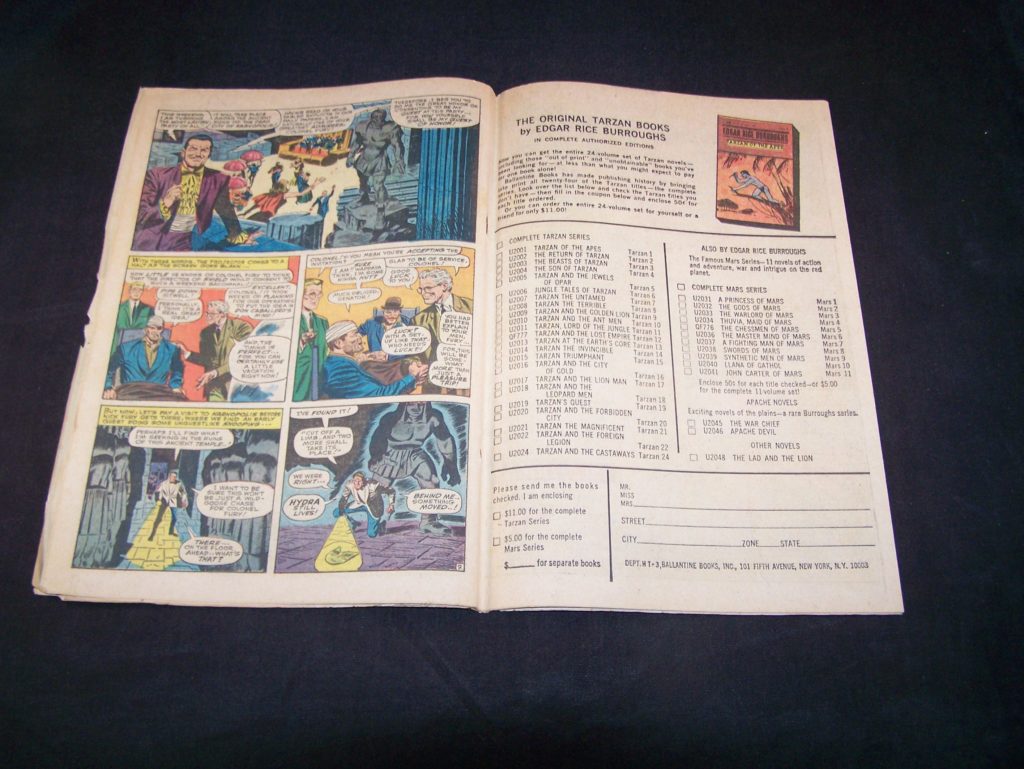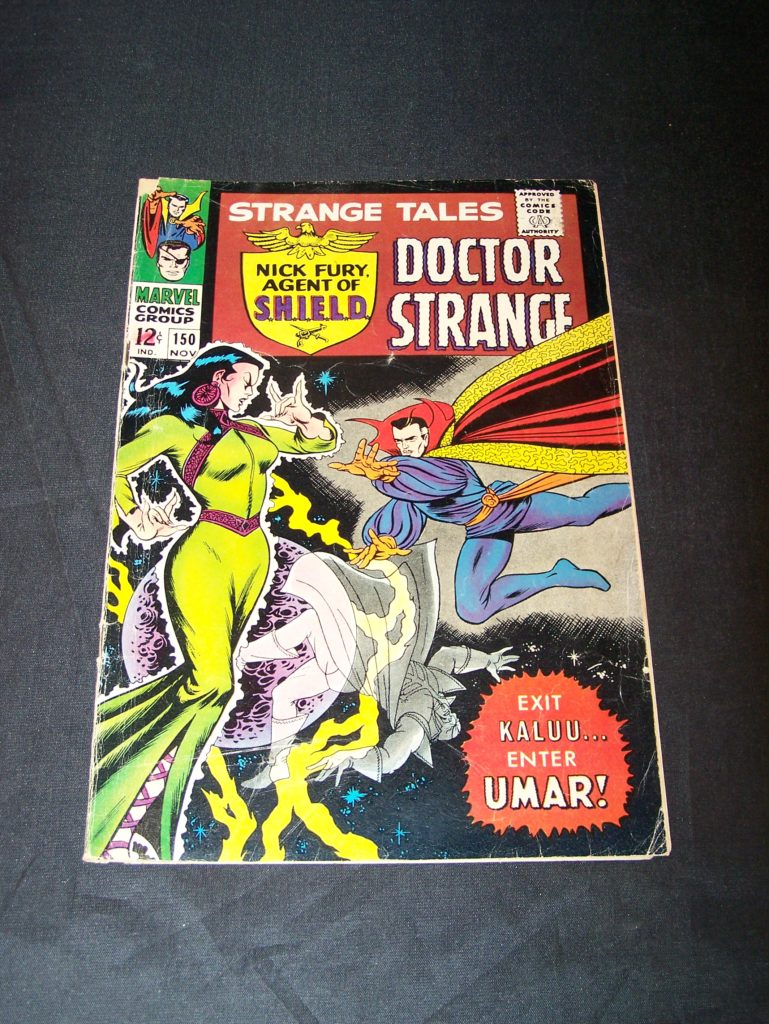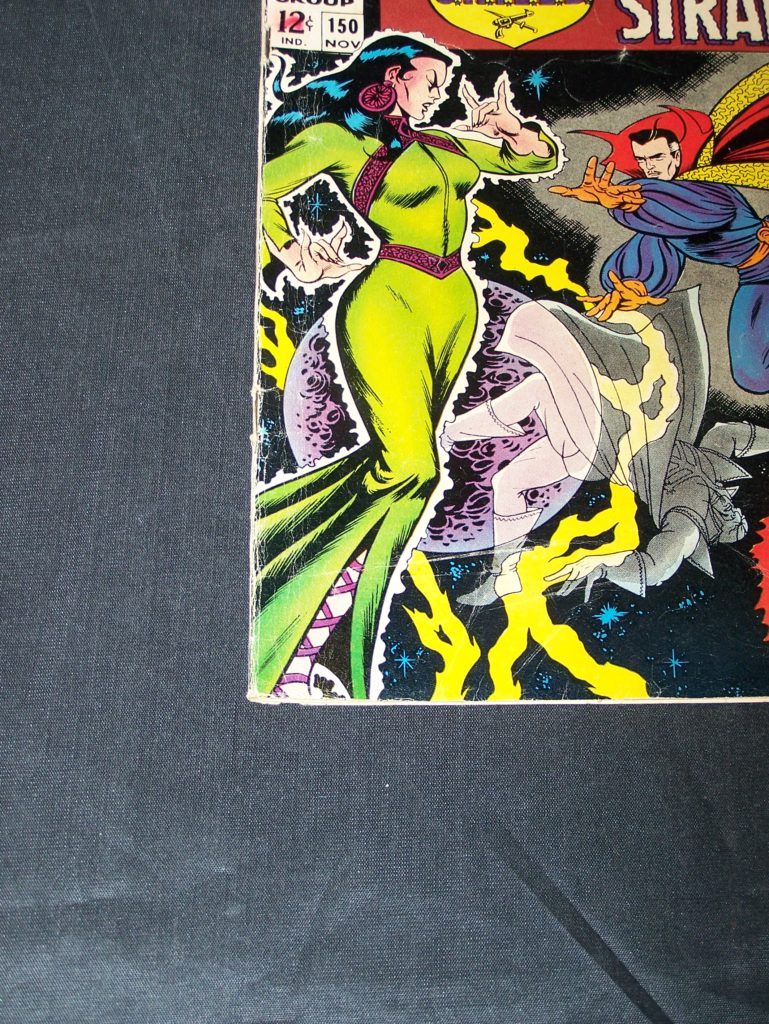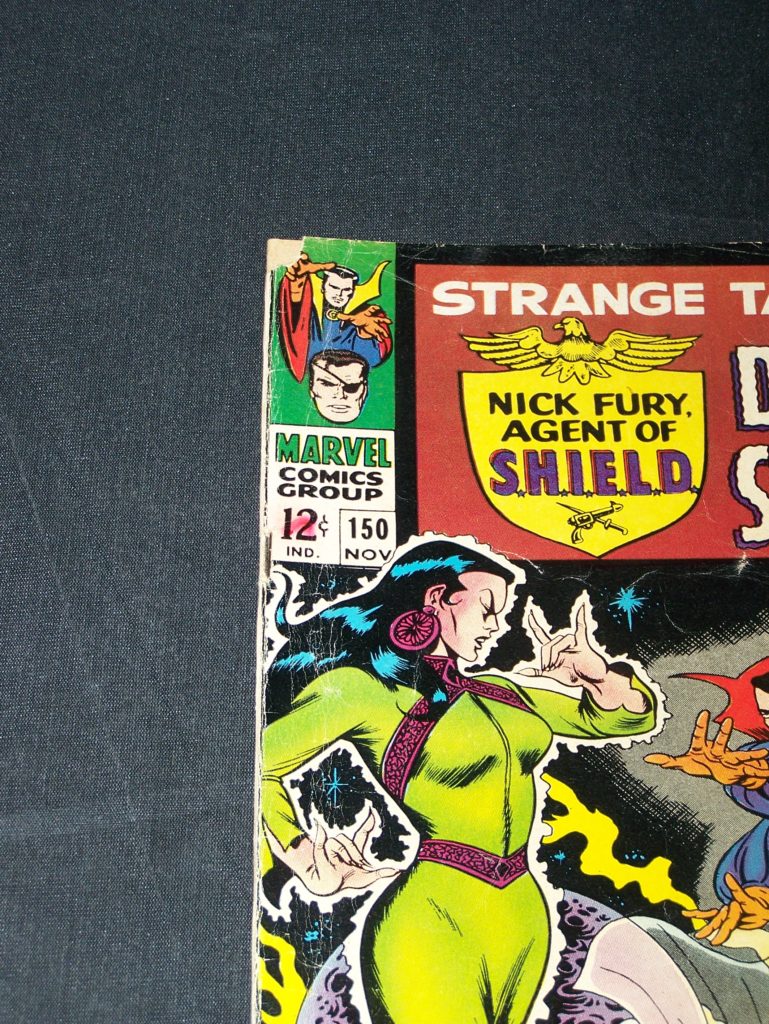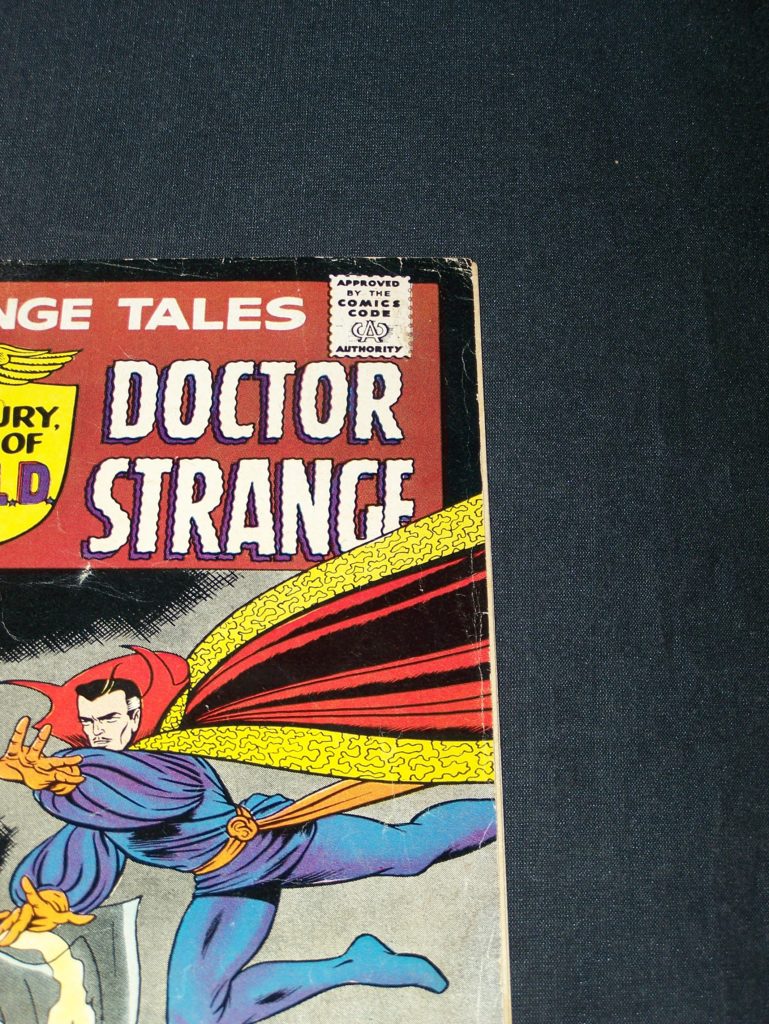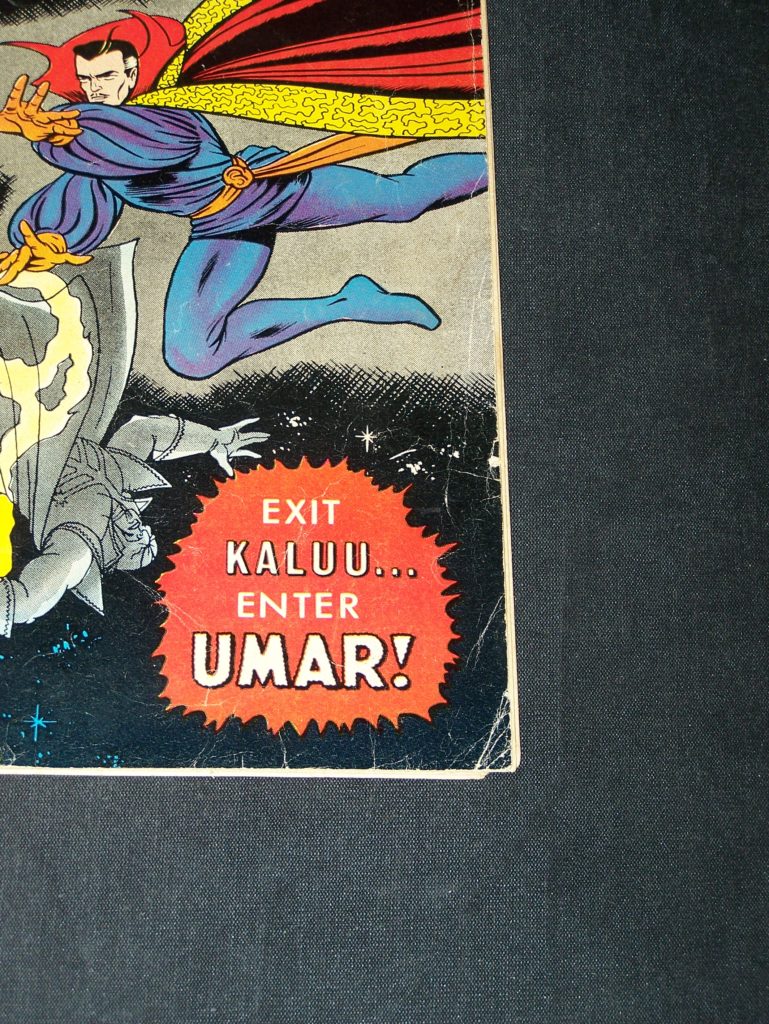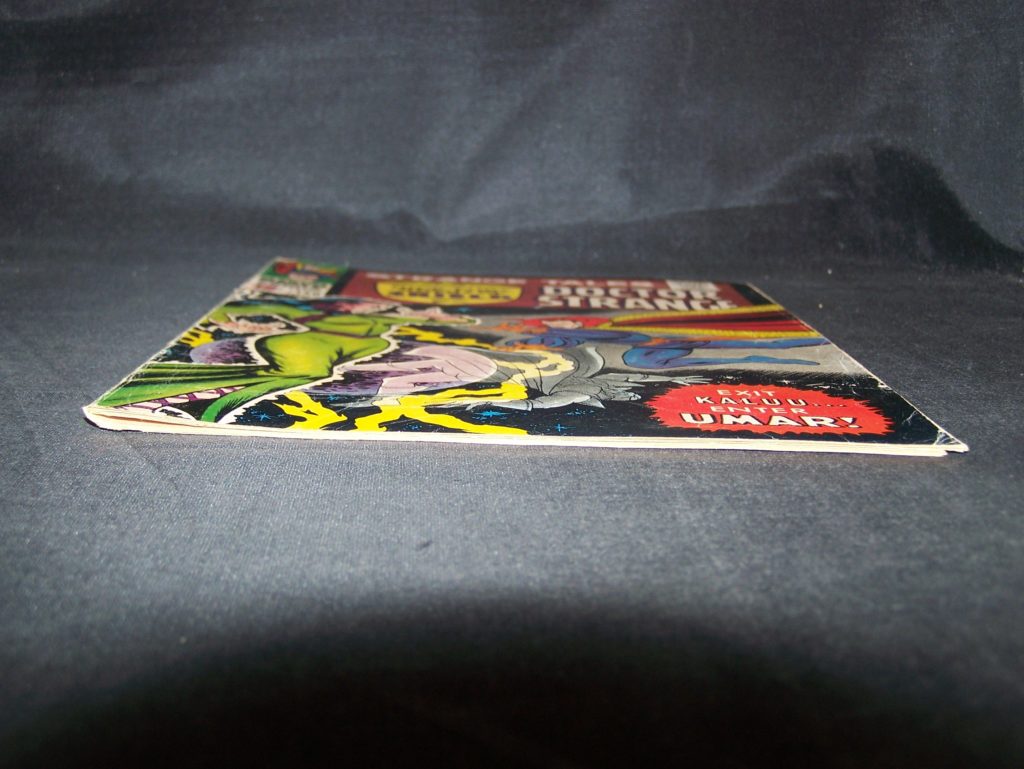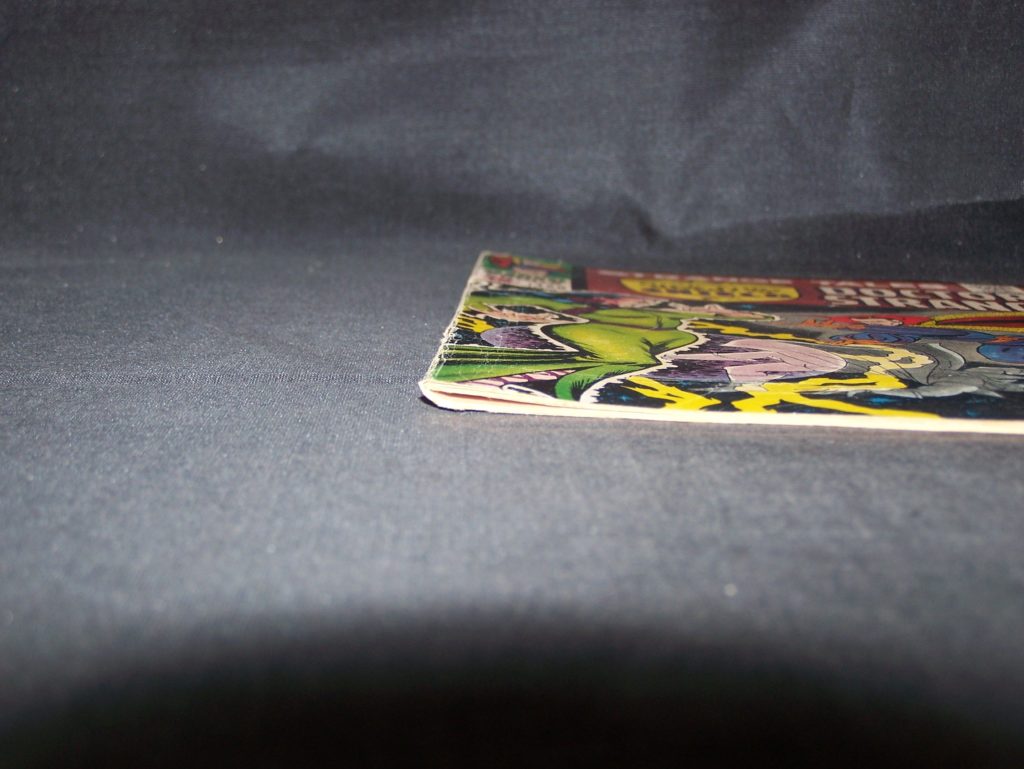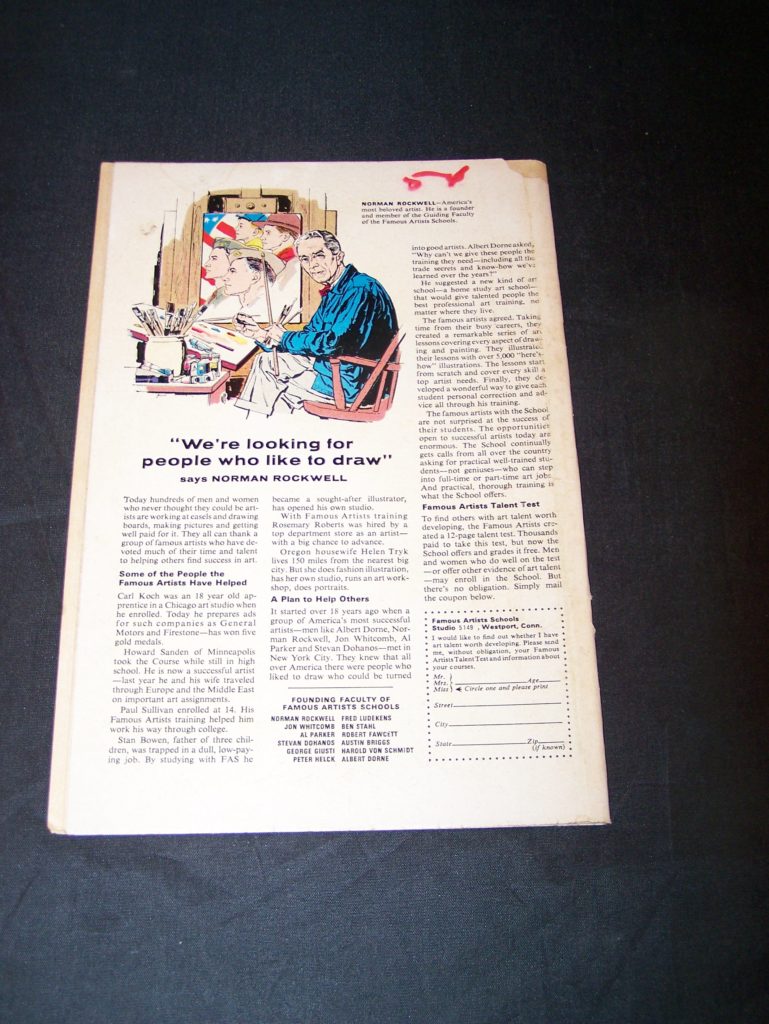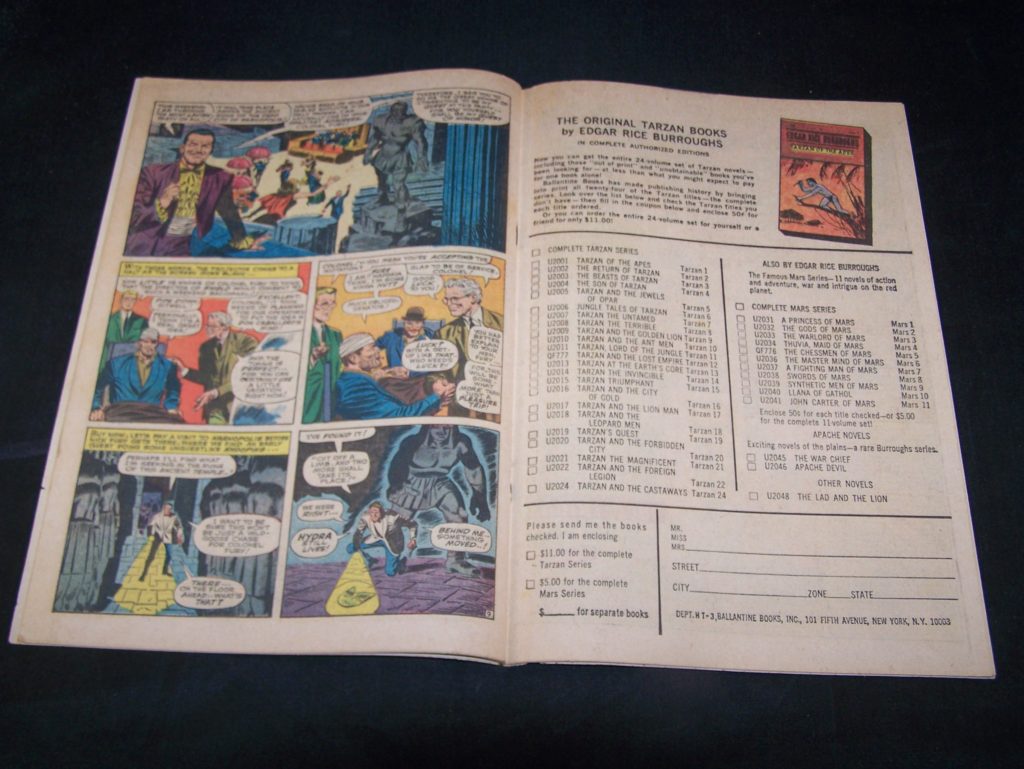I have been playing around with comic pressing for a few months now. If you are not familiar with comic pressing, it is a process where you attempt to remove some of the minor defects of a comic book and improve its condition prior to resale or sending the book off to be graded. Many companies are offering a “clean and press” service as an option when you send in comics to have them graded. Many of your pressing companies are very tight-lipped about the process they use to clean and press. And, if you find an article online about the “clean and press” process, the “pros” will generally add a comment that the article has no idea what they are talking about and the process they are using will damage the book. Of course, they say this, and offer no additional insights into the pressing process.
I thought I would share some photos of a couple of comics I recently pressed. These two books are both low grade comics and really not worth the time, but I thought they would make great examples of what pressing can and cannot do to improve the grade of a comic. These comics were only pressed, and no cleaning was performed on the books. This process takes about two days for me to complete for each book. The goal of day one is to get as much of the spine roll out of the comic as possible. Day two is used to press the book as a whole. You could see some additional improvement to the comic if you press for a longer period of time, but additional gains are going to be minimal.
Book one is the Challengers of the Unknown issue 74. This book has numerous problems as you can see from the following images. The flaws include a spine roll and a hard crease down the upper left edge of the book. The comic does not lay flat, has tears around the staples. However, the cover is still attached at both staples and the centerfold is also attached at both staples. You can check the following images to get an idea of how the book looked prior to the press.
The biggest change to the book after the press was the significant improvement of the spine of the comic and getting it close to back to laying flat. I realize now I should have taken better pictures of the cover to show some of the creases that were not easily visible. So, in this example, what does pressing NOT fix. Any crease that breaks the color of the book will still be visible. Tears and missing pieces will also not be magically restored either. Pressing will also not remove aging of the paper.
The second book in this pressing example is Strange Tales issue 150. This book also has numerous problems including a 1/4″ spine roll, missing piece from the upper left corner of the cover, red ink stain on the price, red ink stain on the back cover, a missing centerfold page, along with many creases and fold.
After the press, the majority of the spine roll has been removed. Again, a press is not going to make missing pieces and pages magically again, but the overall presentation of the book has improved.
Another thing to keep in mind about comic pressing, especially when you are attempting to remove spine roll, you are putting the book under a certain amount of stress. There are cases were comics have been graded and the owner decided to resubmit through a service that cleans and presses prior to re-submission. There are cases where the comic came back from the second grade with a significantly lower grade, because damage occurred to the comic during the clean and press process. Damage can include tears to the cover and the cover become split or detached from the comic. So keep this in mind when submitting a higher value book for pressing.
Overall, I was please with the improvement I saw in these books, and I will continue to practice pressing books.
If you have experience with comic pressing, I would love to hear your comments, both positive and negative.

